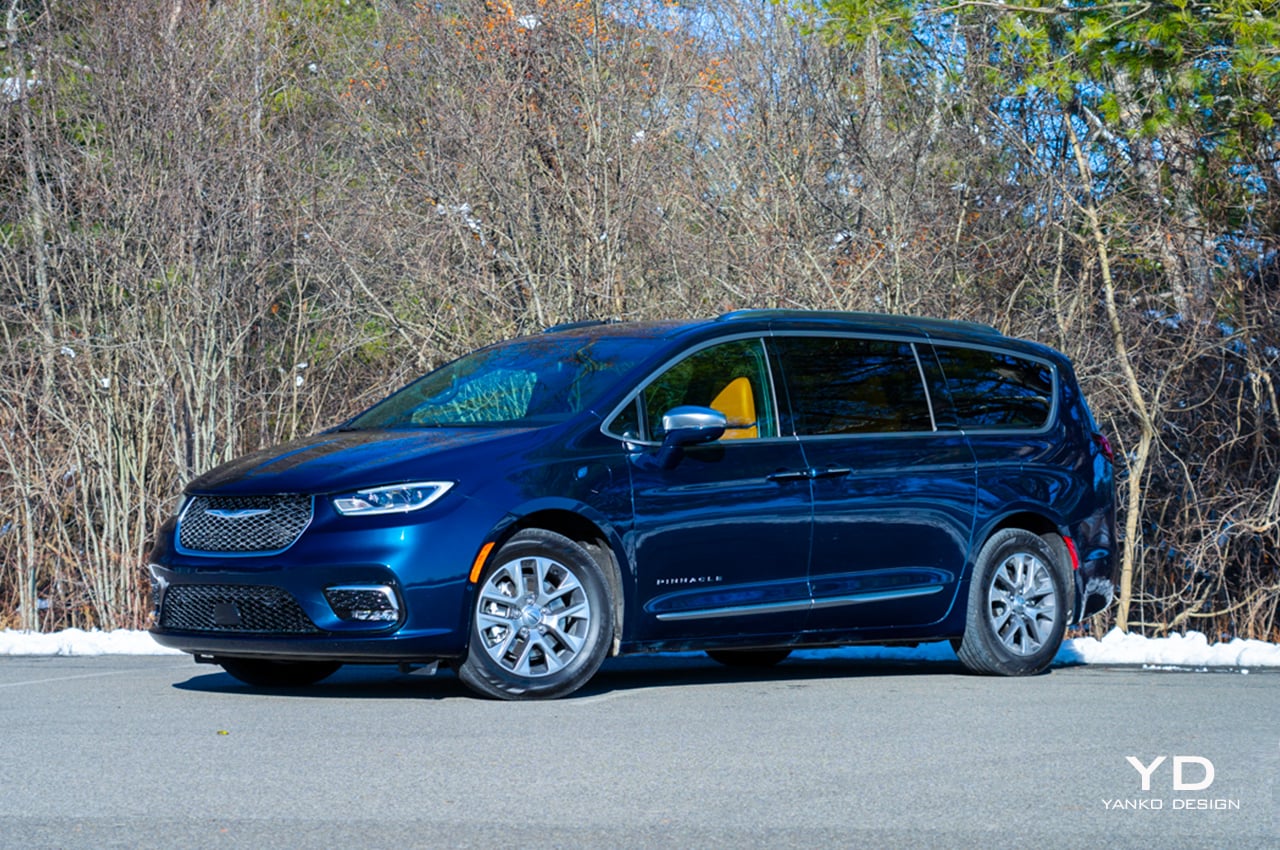
PROS:
- Huge cargo space
- Comfortable seating
- Endless media options
CONS:
- Expensive
- Boring colors
- Dated infotainment
EDITOR'S QUOTE:
Chrysler's minivan is so incredibly practical that even if you don't have kids in your future, this Pacifica might still be the perfect vehicle for you.
With EVs creeping up many sales charts, even dominating in a few segments, it’s easy to look at humble plug-in hybrids as has-beens, a stop-gap solution for a problem that’s already been solved. But, after spending a week with the Chrysler Pacifica Hybrid, I’m reminded just how practical these flexible solutions can be.
Sure, global charging networks are incredibly prevalent, but they’re not everywhere yet. Likewise, at-home charging for renters is still a big problem in most places. But the biggest factor working in the Pacifica Hybrid’s factor? This thing is a road trip machine and good ol’ gasoline is still the most convenient way to go in that situation.
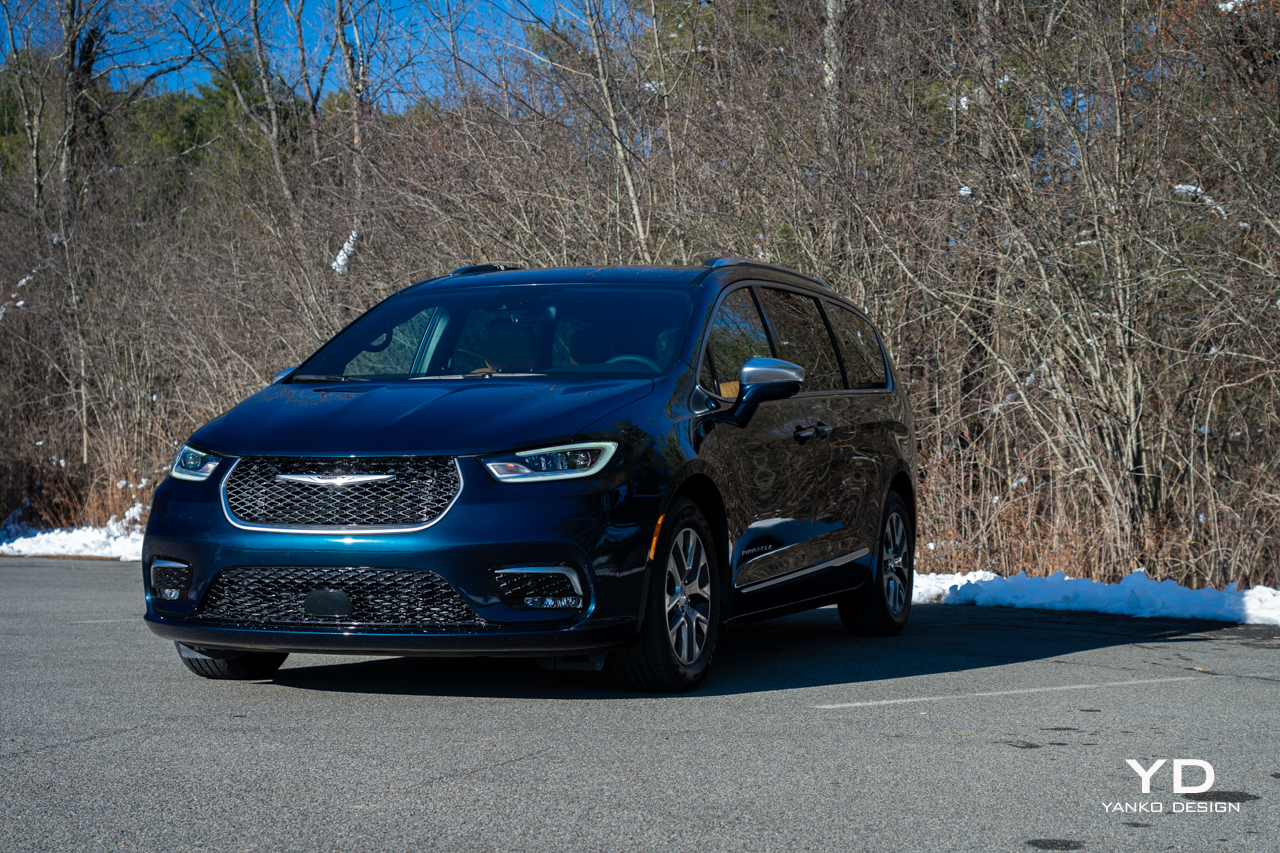
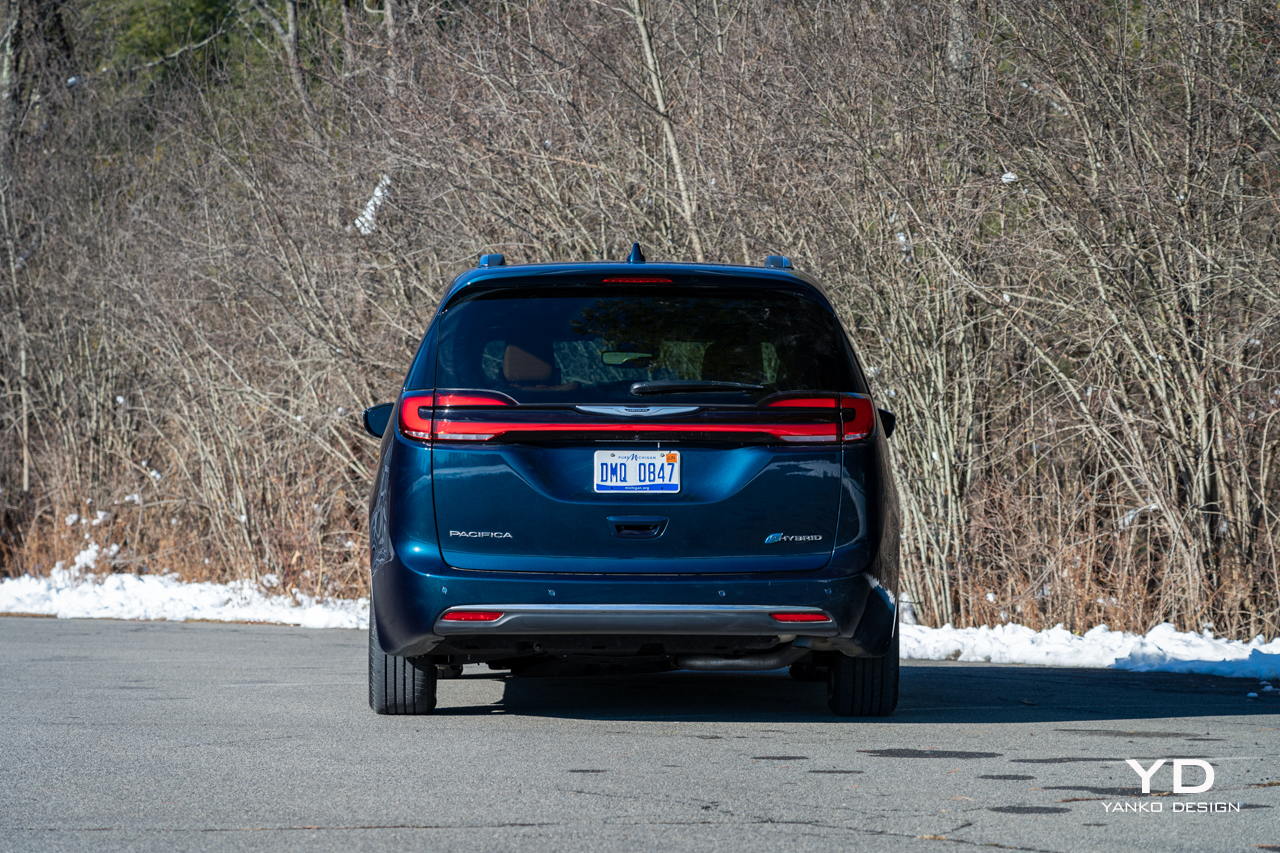
Design
So Chrysler’s PHEV is a practical choice for sure, but for a minivan it’s a good looking one, too. The Pacifica is getting a bit old now, current generation introduced in 2017, but it still has a sophisticated style. That said, I confess I’m not a big fan of the teal-ish Fathom Blue Pearl (a $495 option) that this one came painted in. Chrysler offers seven colors to choose from and none are terribly exciting. Personally, I’d go with the flat Ceramic Gray and pair it with the $995 S Appearance Package, which blacks out much of the chrome and comes with matching wheels, but that’s just me.
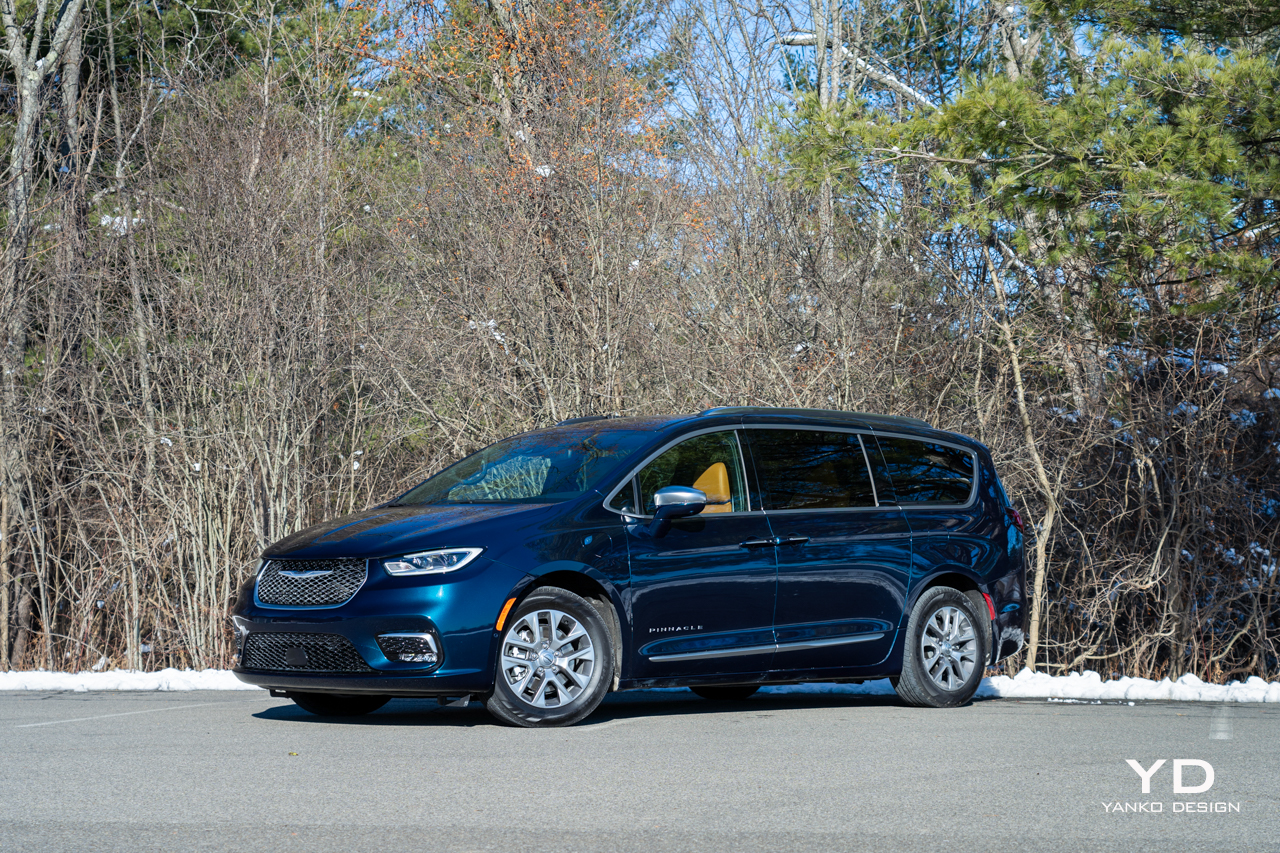
Keep the chrome and, as you can see in the photos here, there’s plenty of the shiny stuff to be found. Brightwork extends from the logo on the grille up front all the way to the silver insert in the rear bumper. The chrome surrounding the windows is a bit much for me, but the jaunty, bright upward stroke running along the lower doors helps to add a bit of personality to what would otherwise be a dour looking vehicle. The subtle, matching crease that connects the door handles and runs back to form the rear similarly helps keep things interesting.
Out back, the sweep of the taillights pairs nicely with the winged Chrysler logo, prominently placed in the center, while the low bumper makes loading and unloading cargo nice and easy, a task made even easier thanks to the third row of seats that disappear into the floor with the tug of a little strap. That creates 87.5 cubic feet of cargo space, 32.3 with the seats folded up, or a whopping 140.5 cubic feet if you remove the second-row.
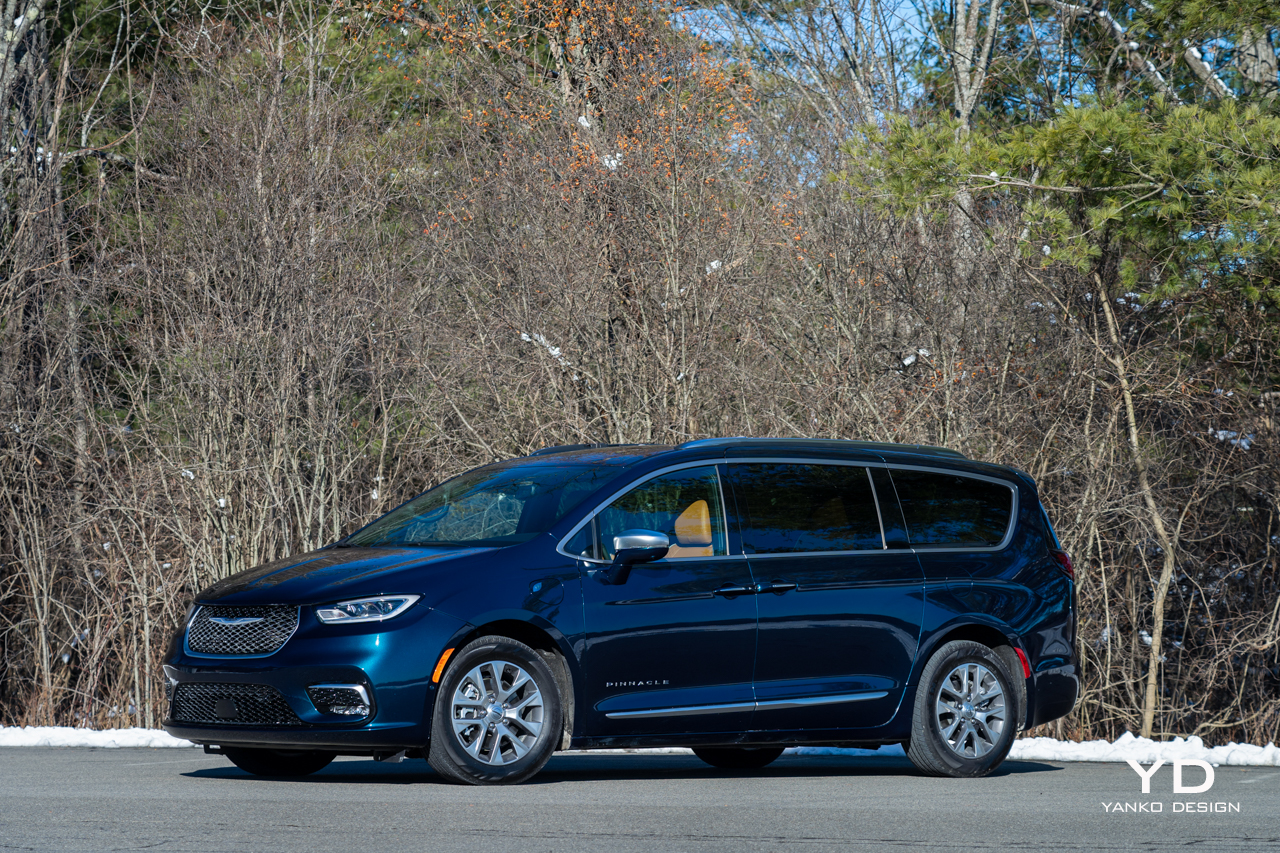
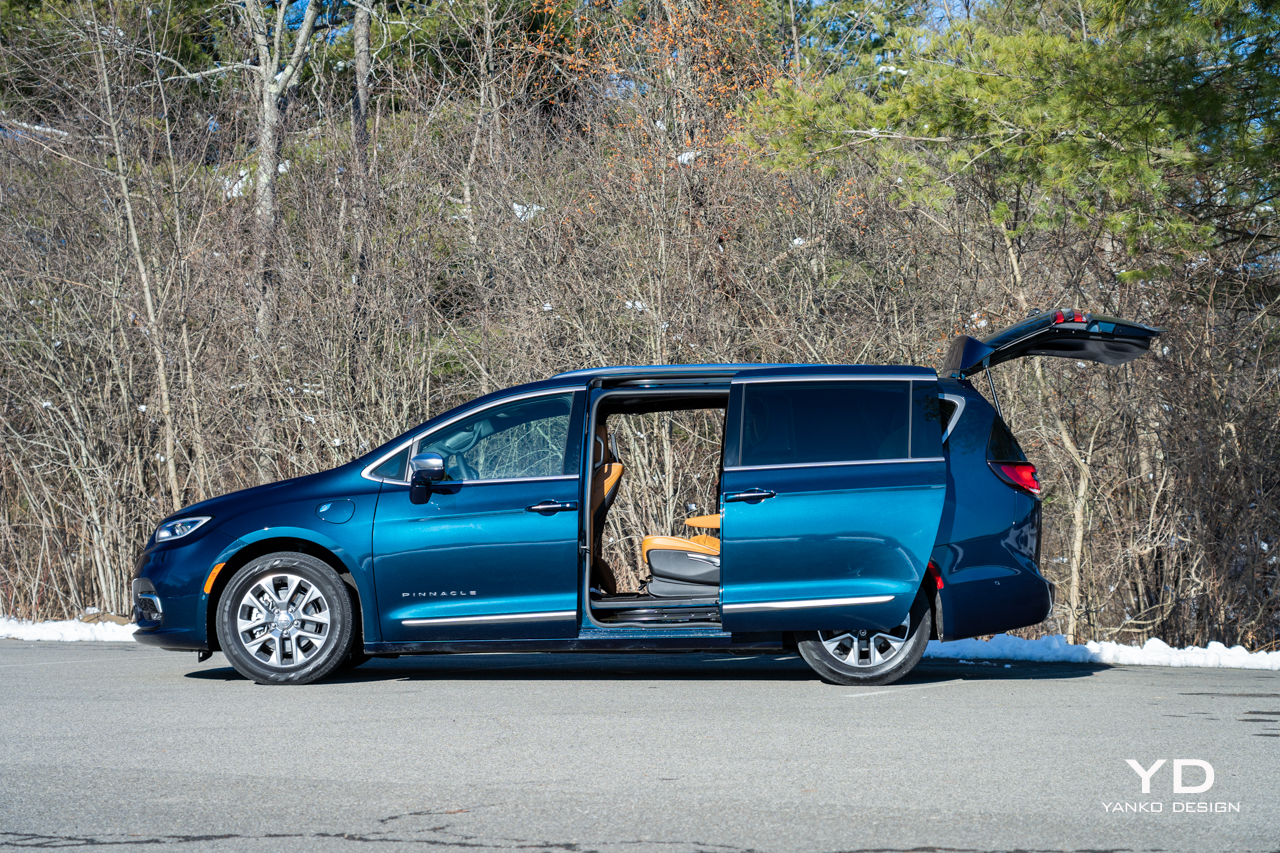
Inside
The interior is similarly stately if unexciting, Caramel-colored leather interior pairing nicely with the blue/green exterior. Highlights here are the thoughtful storage areas, like a generous open cubby beneath the center console and a pull-out bin for the second-row that will soon be filled by action figures, charging cables, and half-eaten granola bars.
Infotainment duties are handled by a 10.1-inch touchscreen high in the dashboard, which honestly looks a little small for a modern car this big, but works well. Chrysler’s Uconnect 5 system is very menu-heavy, but it’s also snappy. That’s definitely a nice thing, but the voice recognition leaves a lot to be desired. It’s great for changing in-car settings like temperature and the like but proved hilariously bad at trying to figure out addresses.
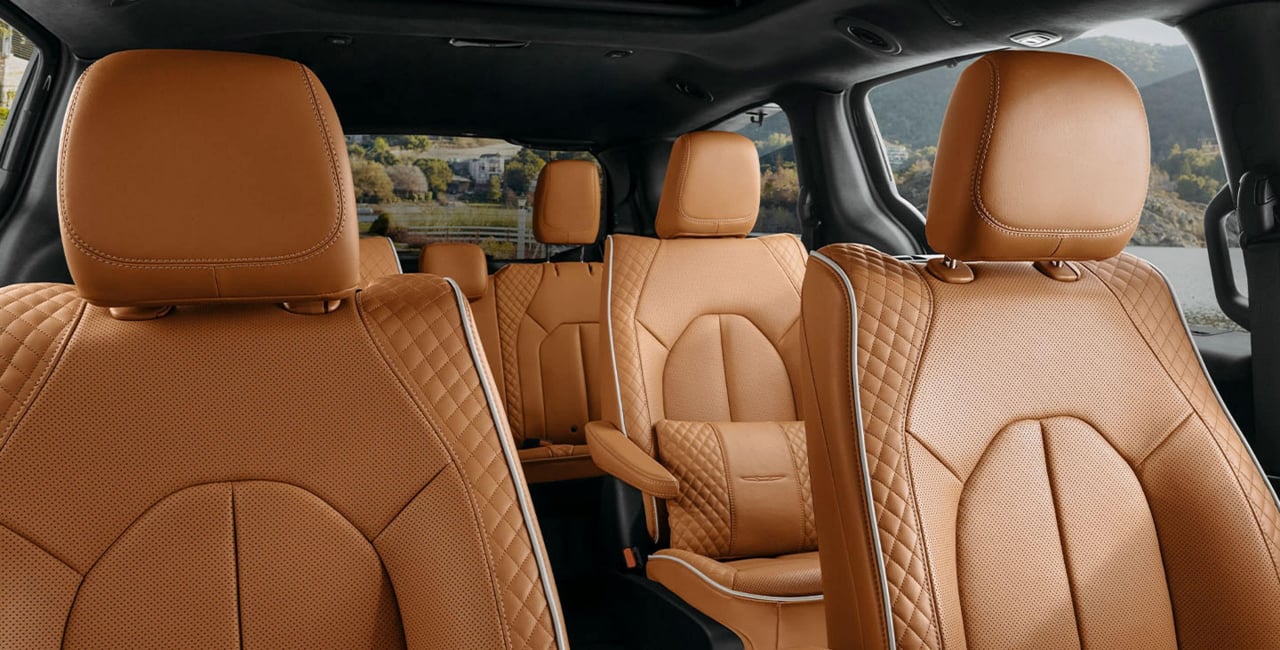
Photo Credit: Chrysler
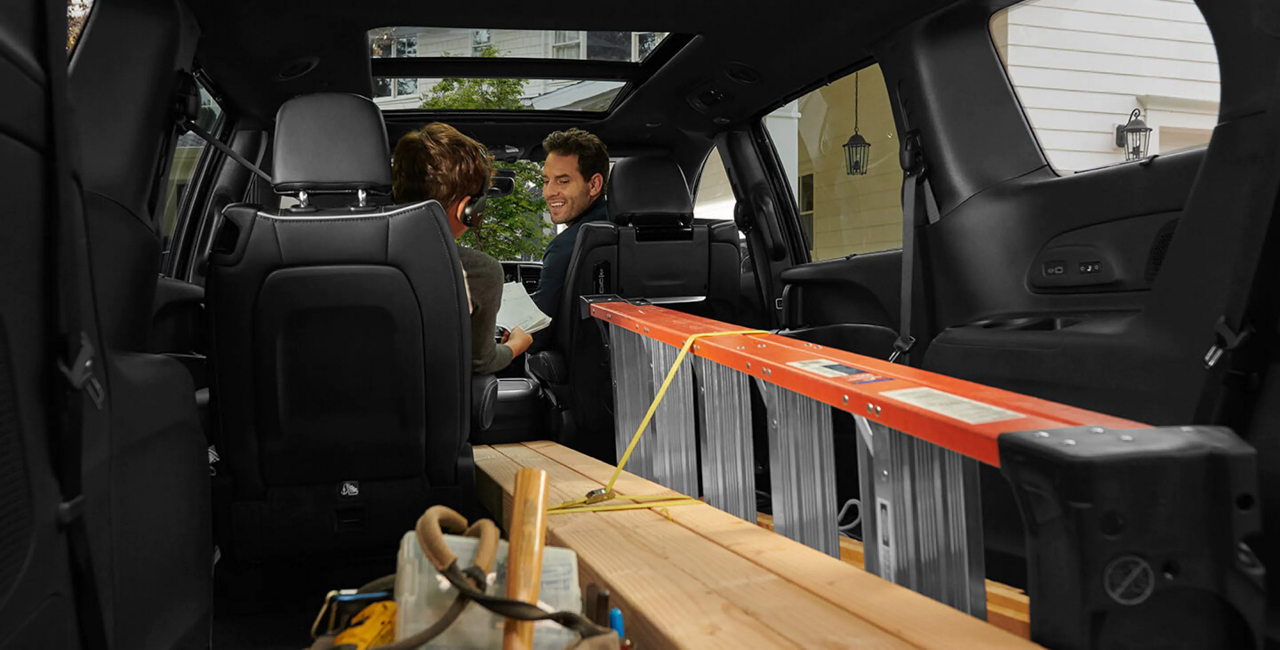
Photo Credit: Chrysler
Better to bring your own, then. Wireless Android Auto and Apple CarPlay are both on tap here. And there are no shortage of places to connect should you prefer a wired approach. You have a whopping six between the front seats alone, evenly split between USB-A and USB-C. You’ll find more in the second row and another pair way back in the third-row too. No shortage of charging options here.
The Pinnacle trim comes standard with Uconnect Theater, which includes an integrated Blu-ray player that’s tucked down in the center stack, powering either or both of the integrated second-row screens. Each of those has its own remote control. Using those, or through the front infotainment system, the driver or passengers can bring up controls for either of the rear screens, including the Pacifica’s integrated FireTV stick, which can stream directly from the car’s integrated LTE connection. You’ll have to pay for the data, but that may be a small price for hours of quiet cruising.
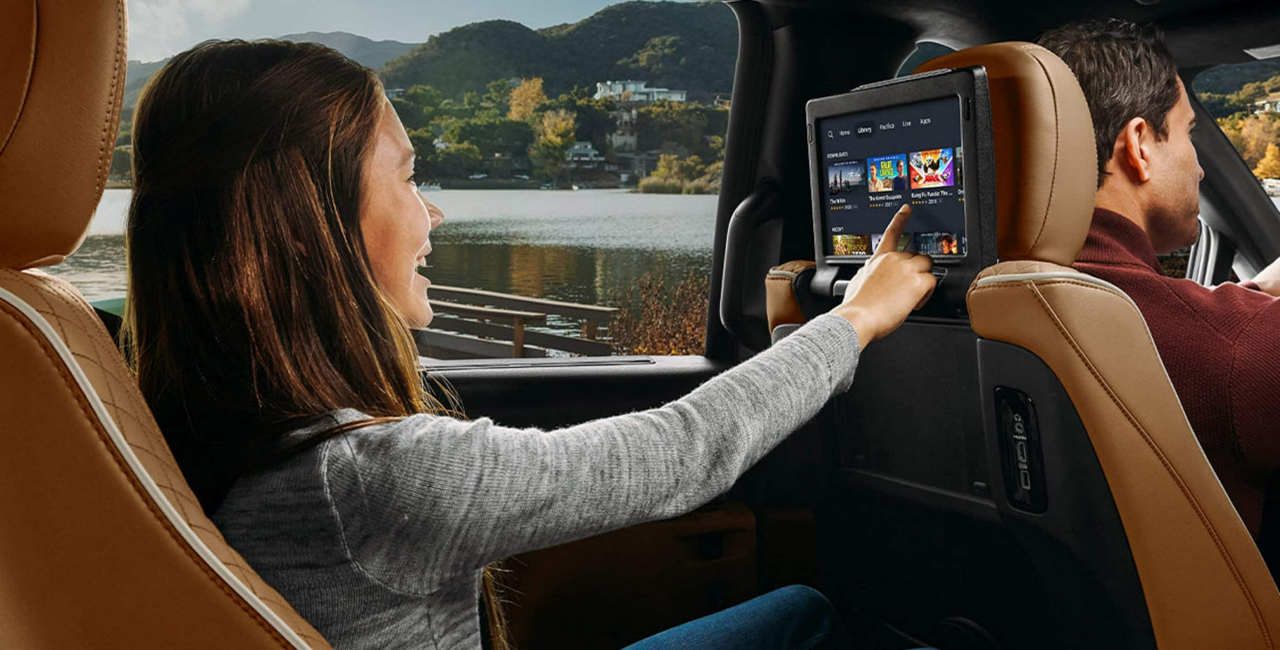
Photo Credit: Chrysler
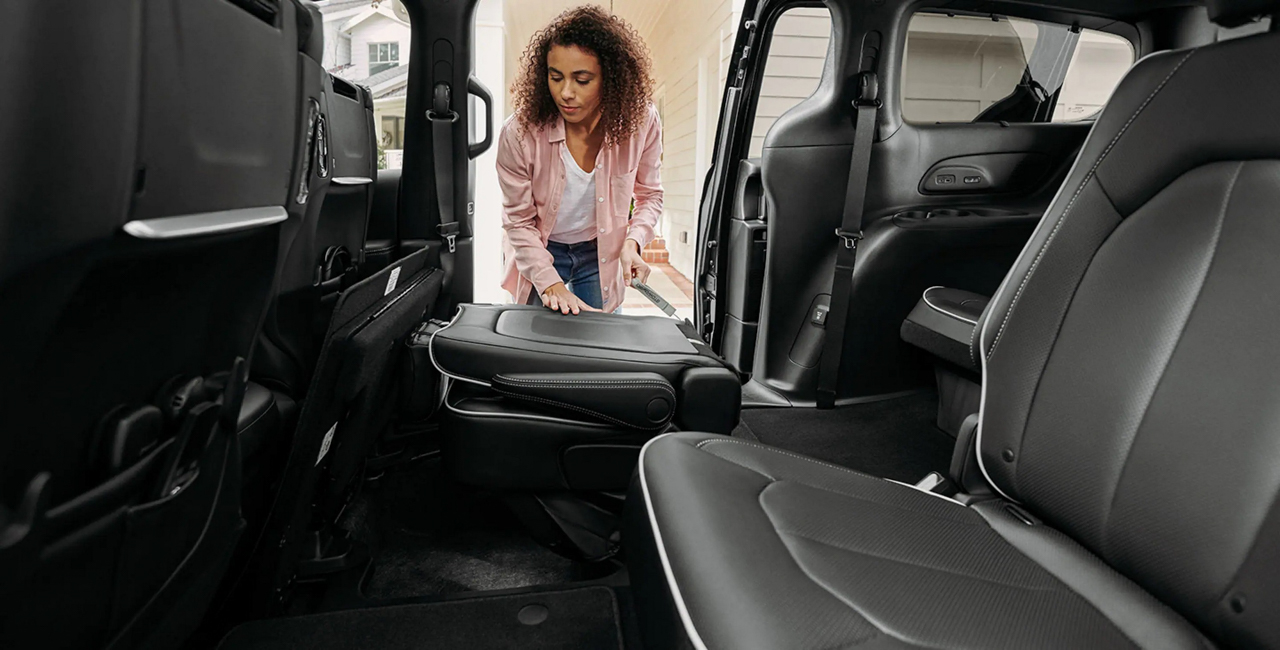
Photo Credit: Chrysler
You can also BYO media through the Pacifica’s many USB ports, which again can be browsed via the infotainment screen or remotes in the back seats. Someone getting a little fussy? You can even power off and lock either screen from the front until the troublesome passenger gets themselves an attitude adjustment.
So disabled, your passengers will still have the giant windows on either side to look through and watch the scenery go by, or indeed the massive, panoramic sunroof above that spans clear back over the second row’s seats and comes standard on all but the base Touring L spec. All that glass makes for a bright, open space and, while those in the way back do without the glass above, there’s still great visibility out of the sides.
That third row is remarkably comfortable, even for adults my size, with a set of cup holders, HVAC vents, and even window shades. Again, this is a true road-trip machine.
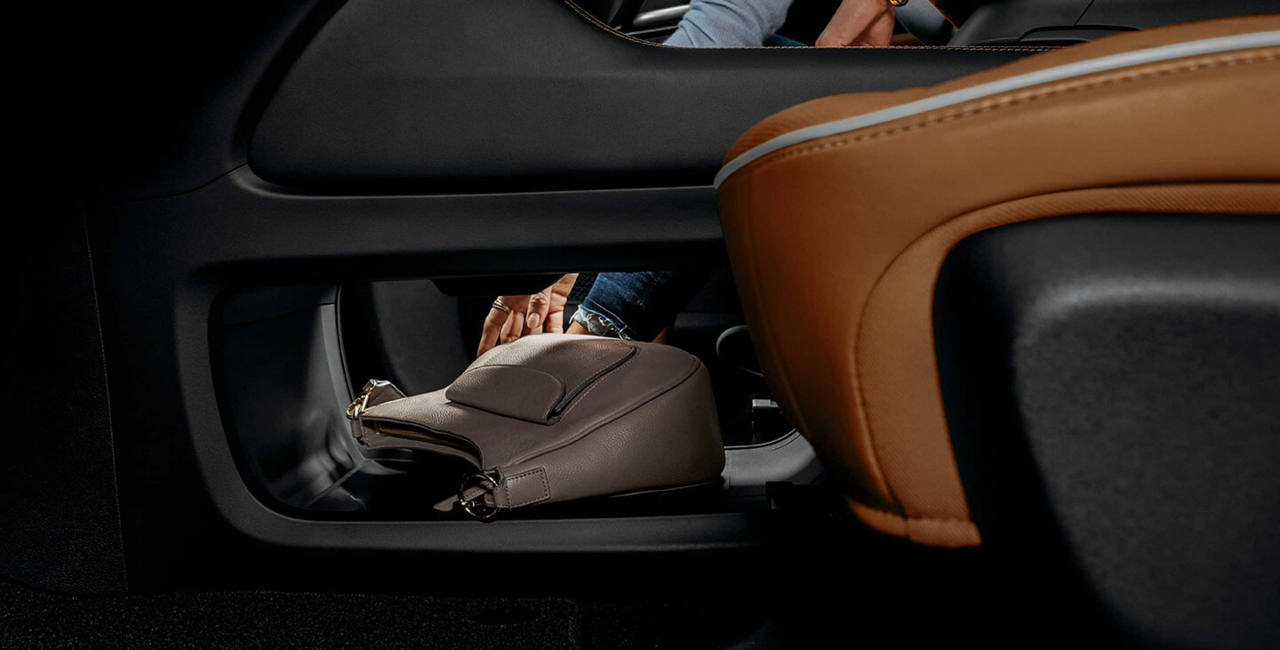
Photo Credit: Chrysler
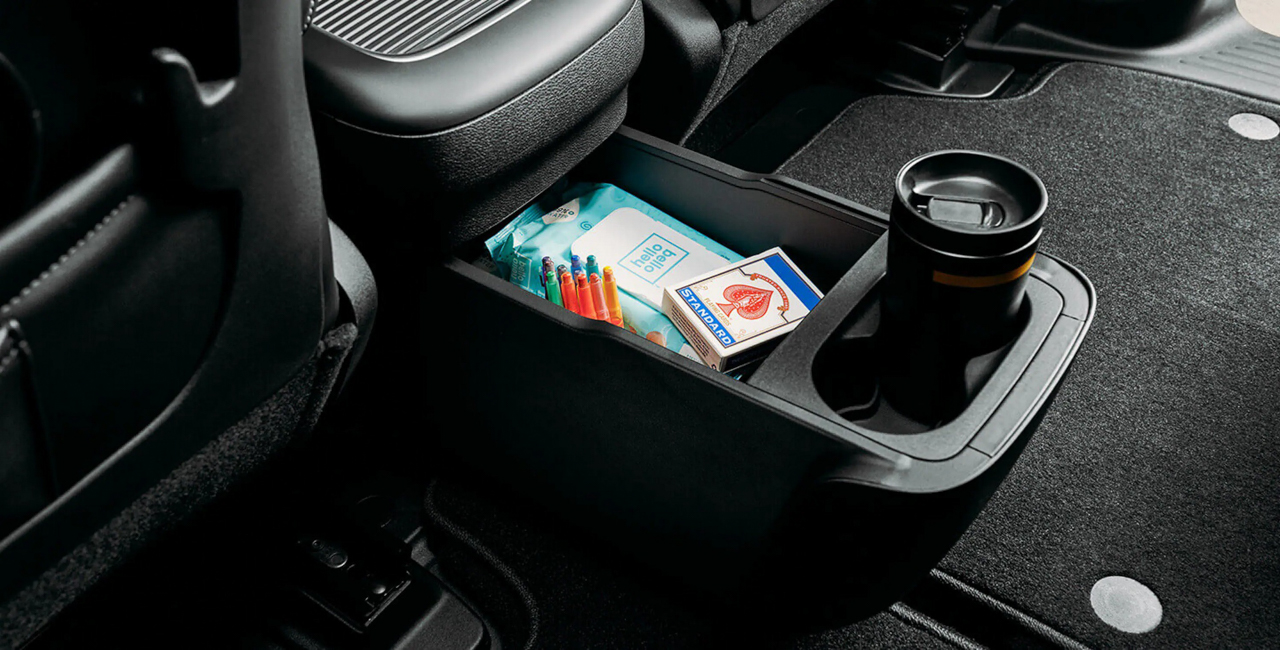
Photo Credit: Chrysler
Road Tripping
Big, big miles are no problem in the Pacifica. The ride quality is good and the road noise is admirably muted, especially for a van. That’s even when the engine is running. When the car is burning only battery power it’s even more quiet.
That’s a trick the Pacifica Hybrid can do for up to 32 miles on a full charge of its 16-kilowatt-hour battery. In my testing I managed to do just that, though annoyingly it’s not possible to force the car into an EV mode. By default, on a cold day it’ll run the engine to warm up early, then try to go exclusively on battery until running that dry, then will act like a traditional hybrid. That’s how you’d want it most of the time, but it sure would be nice to tell it to save the battery for later. If you’re going to be droning down the highway for an hour or two before getting into a city, you’d be better off saving that charge for the low-speed stuff to come than blowing all your electrons on the highway.
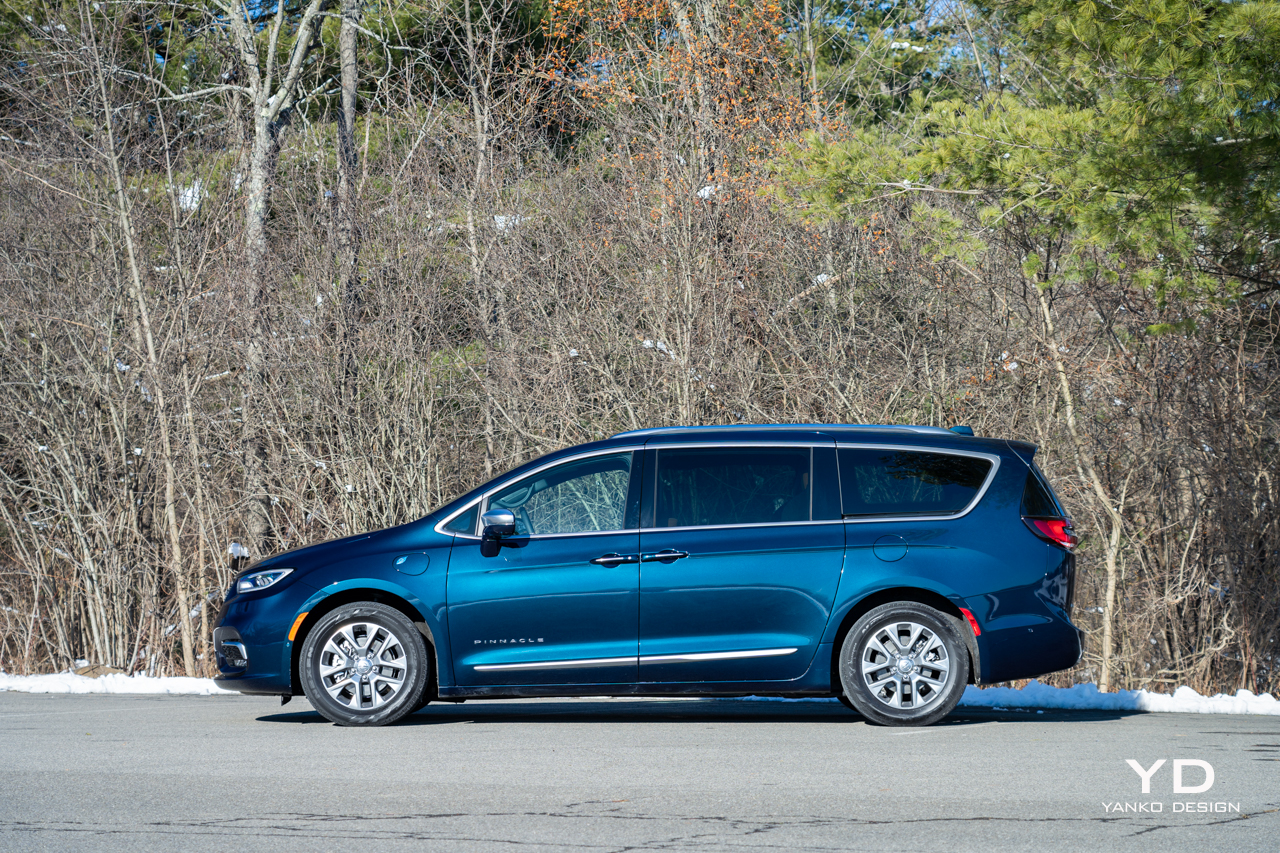
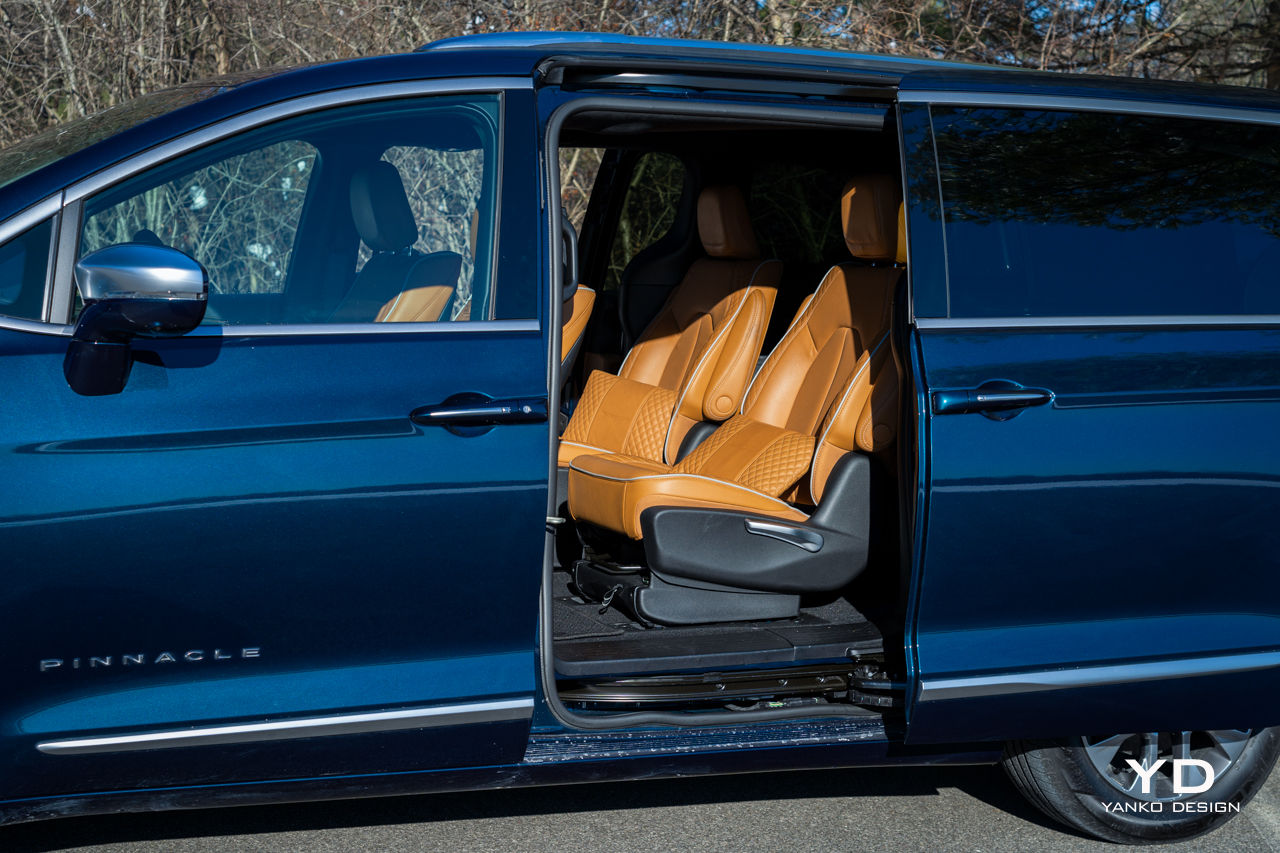
That’s really my only complaint, though. Even without spinning up the 3.6-liter V6 engine the Pacifica Hybrid is responsive and easy to drive. Dip too deep into the throttle and the engine spins up to help, seamlessly and smoothly adding a total of 287 horsepower, smoother and stronger than most hybrids. That initial EV surge followed by the continual torque of internal combustion makes this an engaging, if not quite exciting drive.
Likewise, steering is direct but not particularly quick and overall handling is capable. You can push the Pacifica hard and have some fun for sure, but your passengers would probably rather you didn’t. When it’s time to haul cargo of the non-living variety, the Pacifica is more practical than many trucks. Again, tug on a strap and the third-row seats disappear into the floor like magic. On a regular Pacifica the second-row seats do the same, but here on the Hybrid you’ll have to carry them away. The process is easy, but they are on the heavy and awkward side.
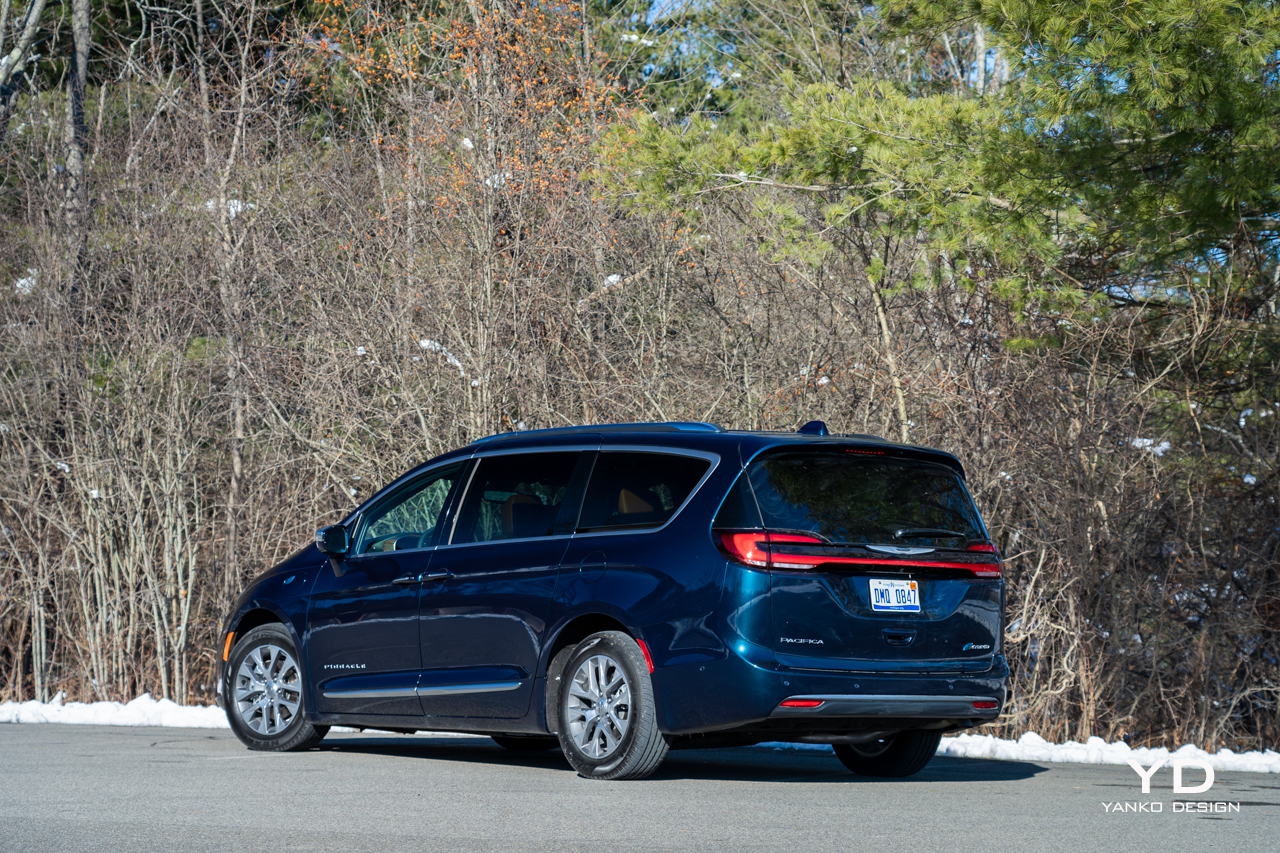
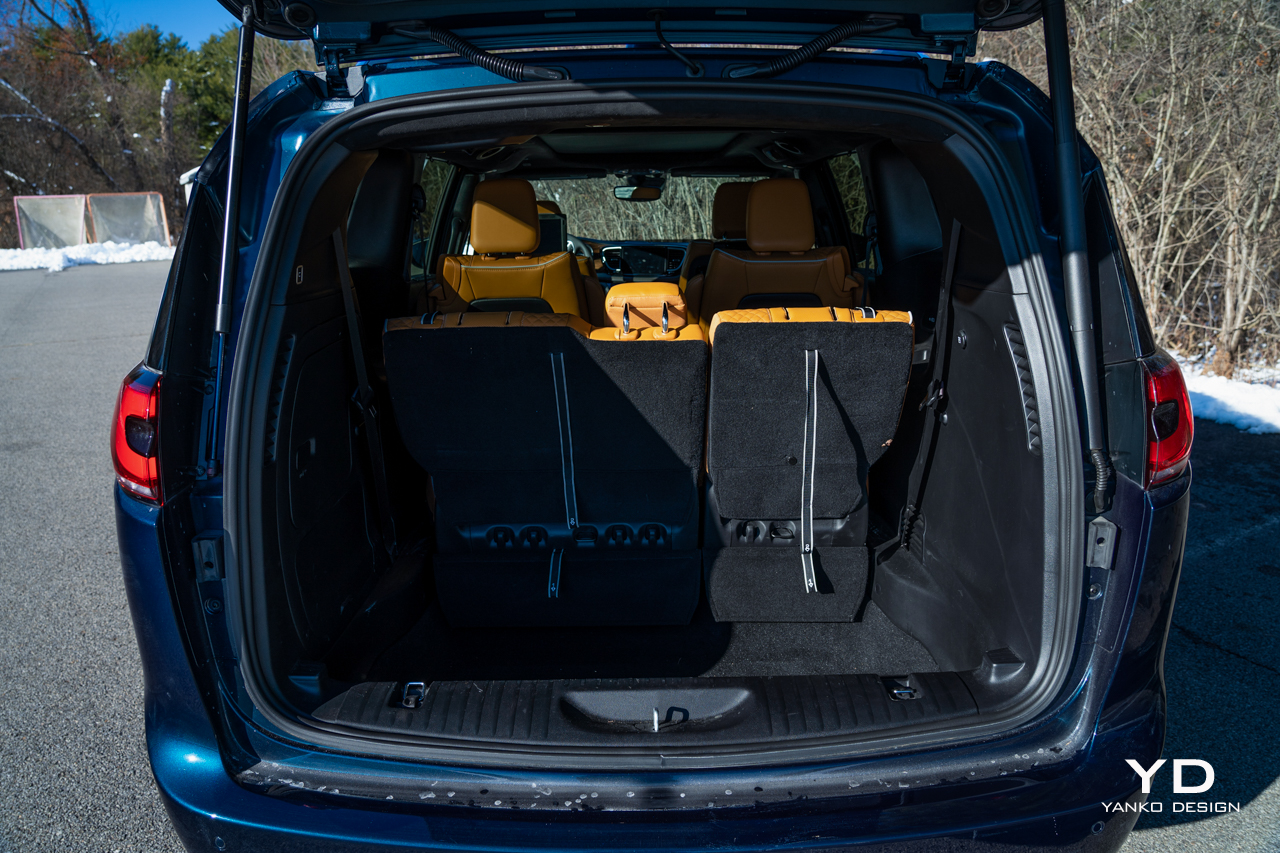
Seats removed there’s plenty of room back here for just about anything short of a shipping cargo container. The low floor makes loading and unloading easy, and also makes for a stellar bench for either strapping in ski or snowboard boots before hitting the slopes, or untying muddy boots after a long hike. Minivans are of course known for their family practicality, but they are vastly under-appreciated for just how well they fit into an average, active lifestyle.
Efficiency and Safety
Nature-lovers will also probably be drawn to this van’s semi-EV capabilities, and the Pacifica Hybrid’s generous 82-mpg equivalent rating is appealing. In my testing, though, I averaged 27.1 mpg. Most of that was highway, on longer runs that depleted the battery early. If you’re doing shorter, more frequent trips and charging up overnight at home, you’ll do much, much better.
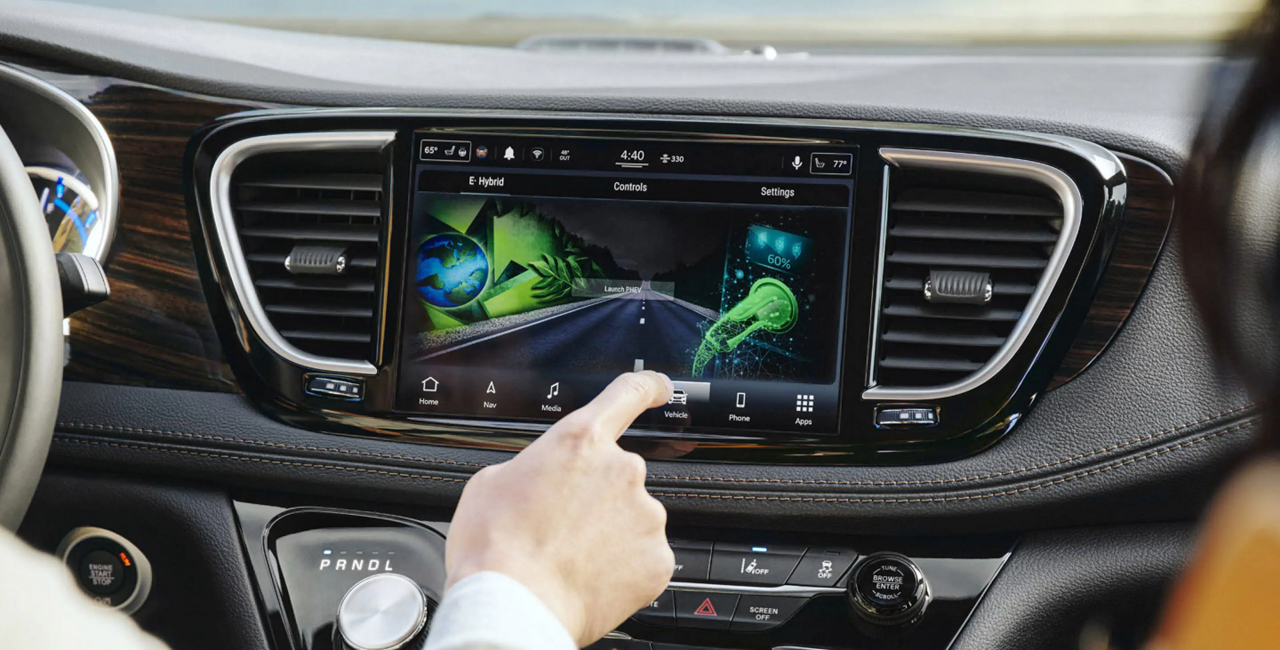
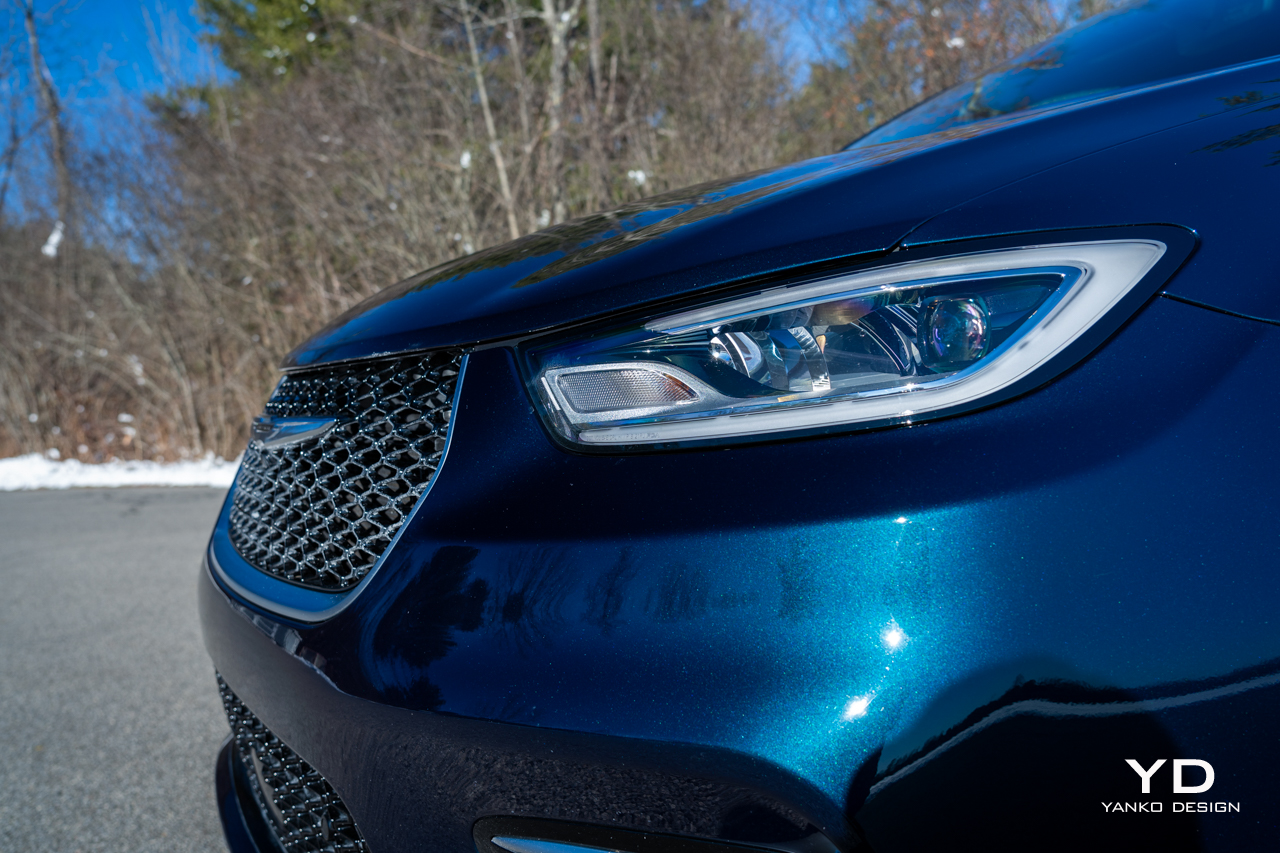
As far as safety systems go, the Pacifica Hybrid comes with automatic emergency braking with pedestrian detection, blind-spot monitoring, rear cross-path alerts, and lane departure warnings. Interestingly, you can equip the adaptive cruise control system separate from the non-adaptive cruise. That was very handy when snow buildup disabled the active cruise system. On most modern cars, that situation would result in no cruise at all.
That said, the lane-keep here leaves a lot to be desired. It typically results in the car ping-ponging back and forth between lines, often losing sight of them altogether, resulting in the car simply wandering off to the left or the right. As far as lane departure systems go, Chrysler’s is far simpler than that offered by other, comparably priced SUVs.
Pricing and Options
But then this isn’t an SUV and there aren’t many other vehicles in this class worthy of comparison to the Pacifica. Minivans in the US are few and none are as posh as the Pacifica can be made to be. This top-shelf Pinnacle model starts at $60,190 and had just one option, $495 for that paint. The less luxurious Touring L starts at $50,495. If you’re more interested in hauling cargo or pets than people, that may be the better buy, but if you need to keep a fussy family comfortable and entertained, the Pinnacle will deliver.
So, yes, you’ll be paying a premium price but this is doubtlessly a premium product. It’s pleasant to drive, pleasant to be driven in, and so incredibly practical that even if you don’t have kids in your future, this Pacifica might still be the perfect vehicle for you.
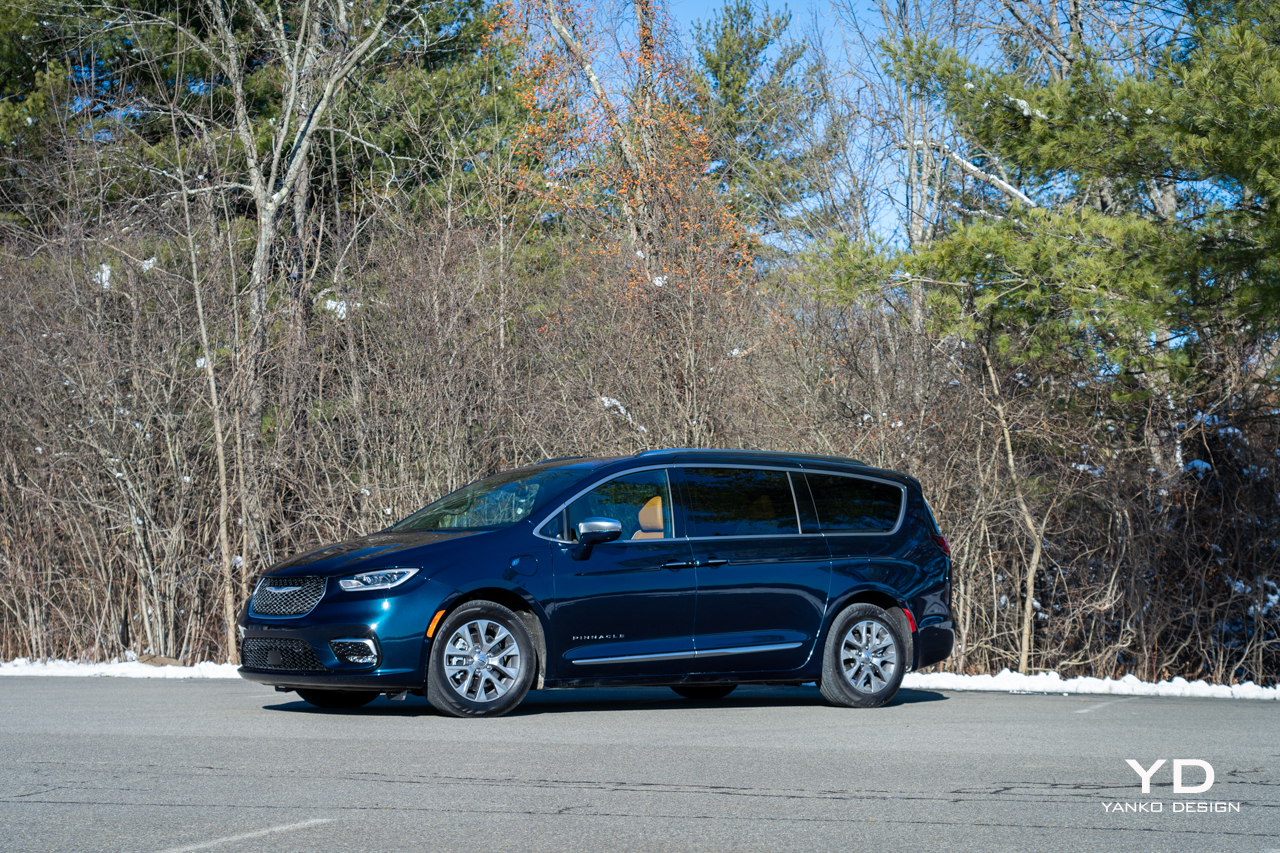
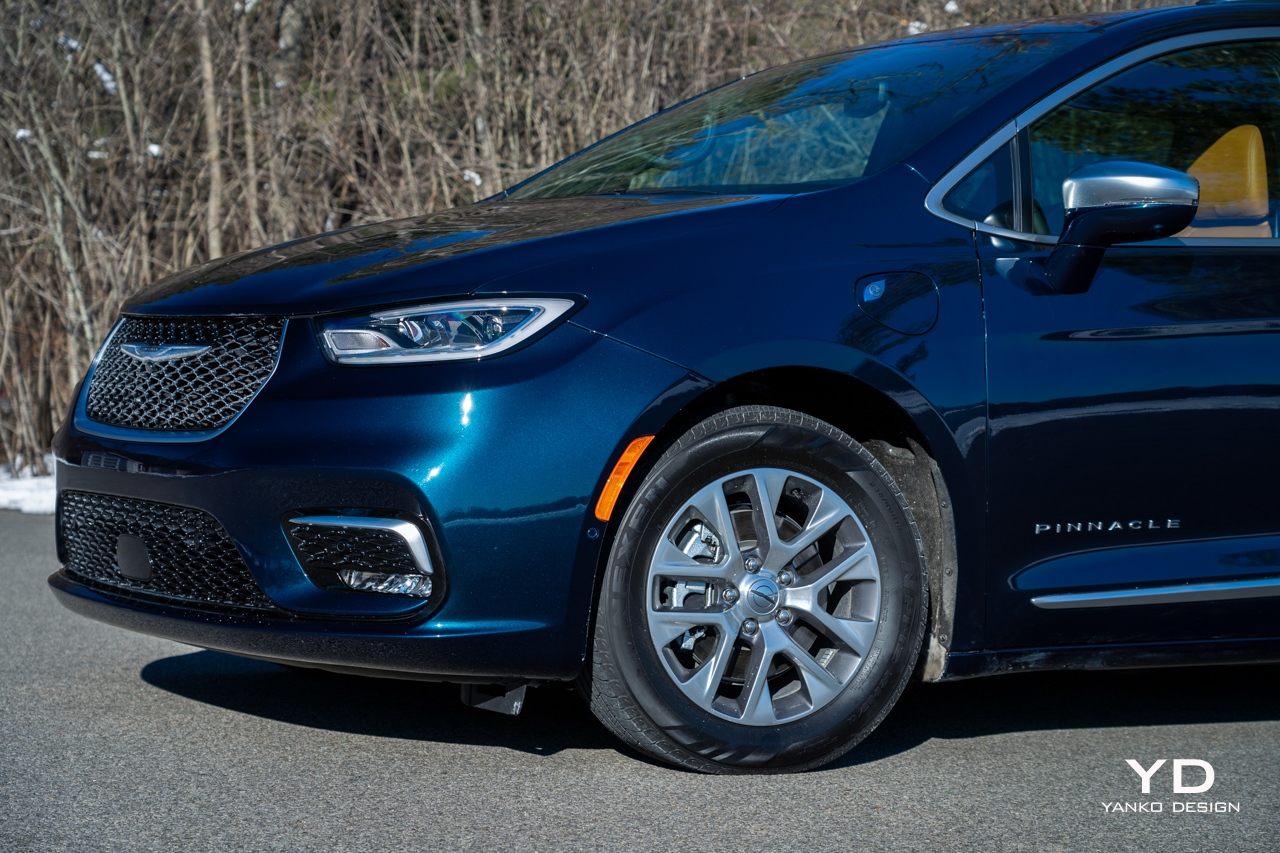
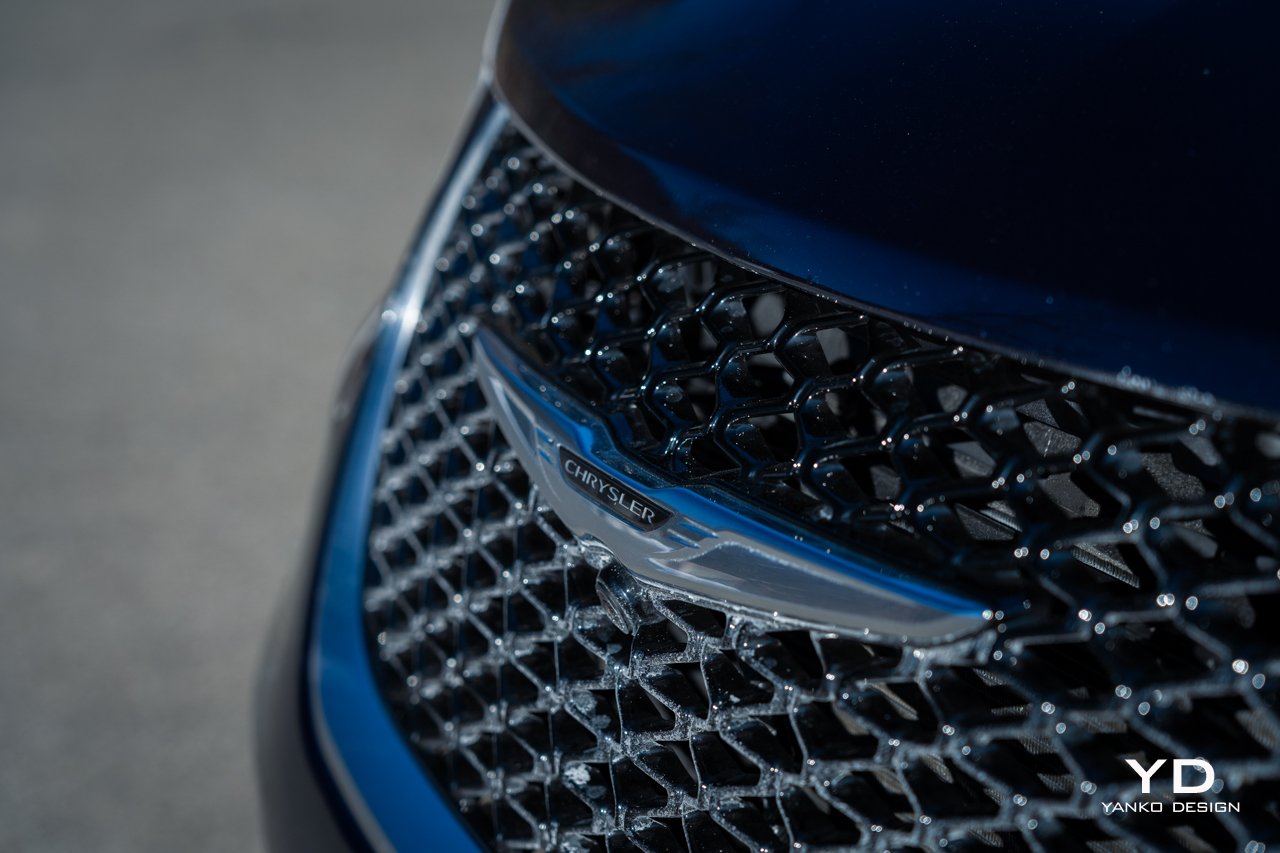
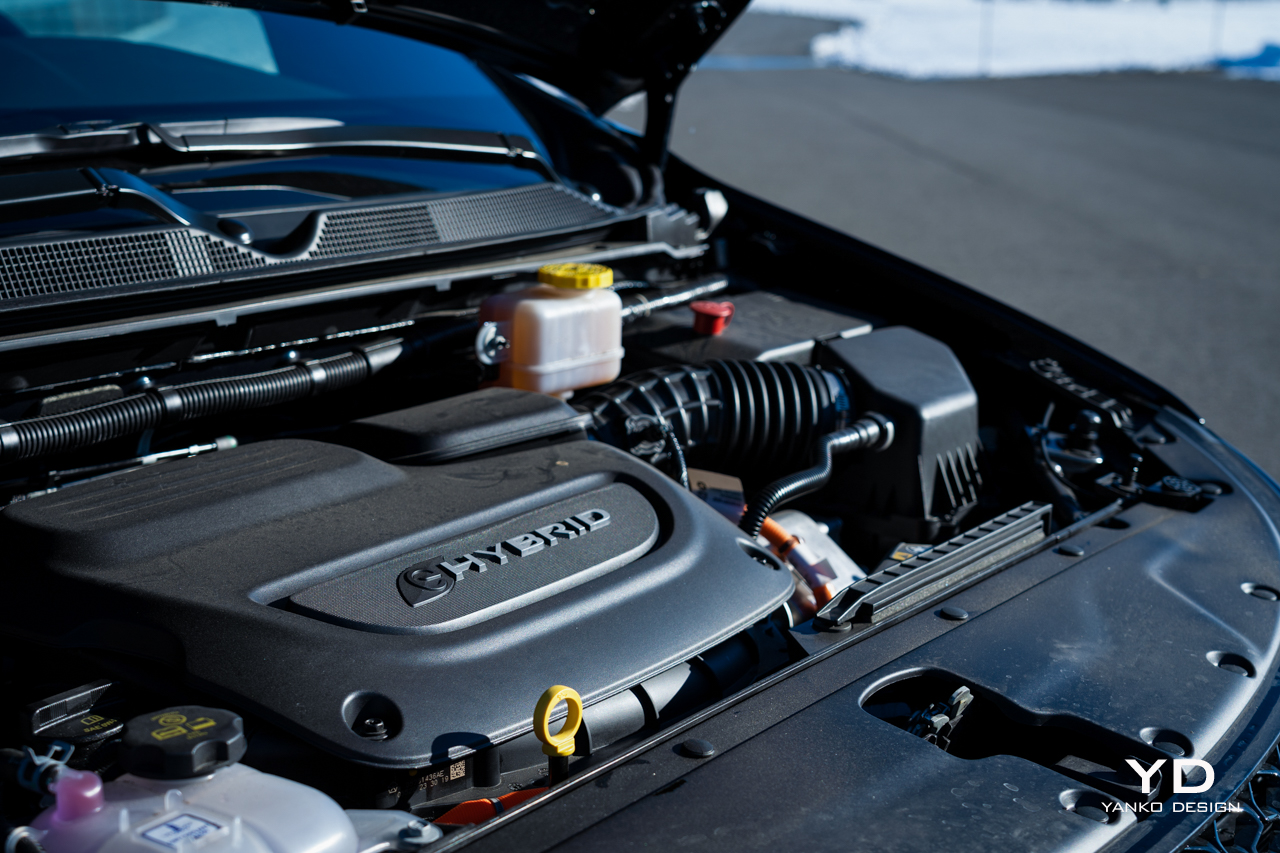
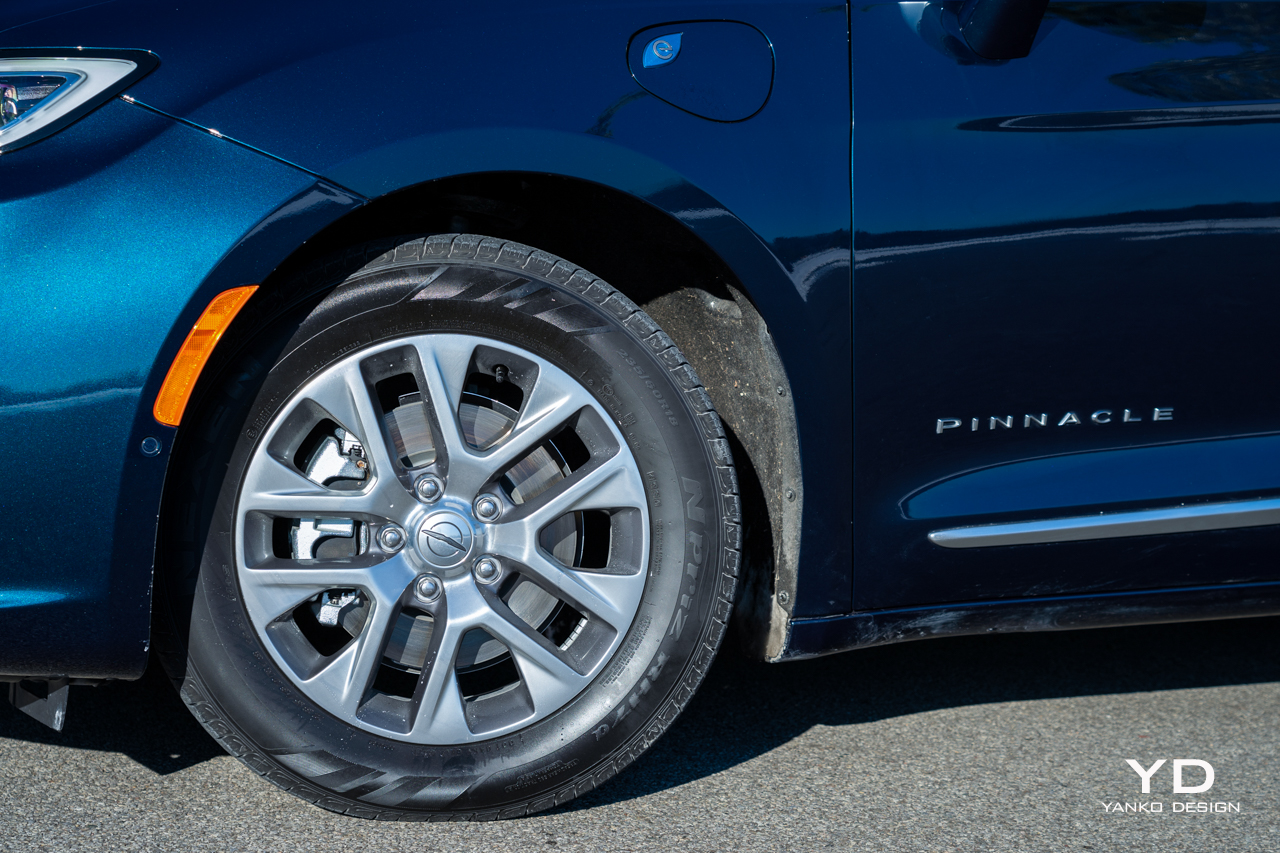
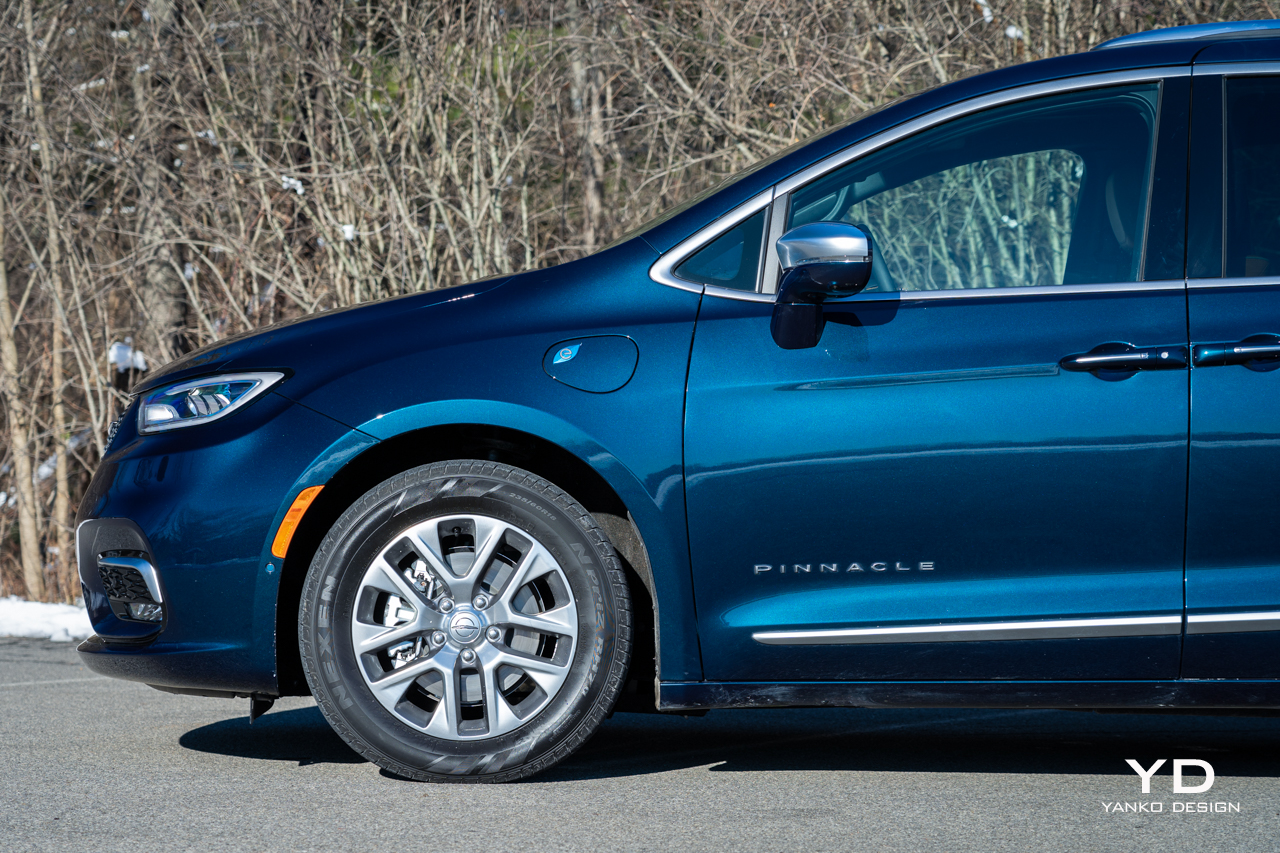
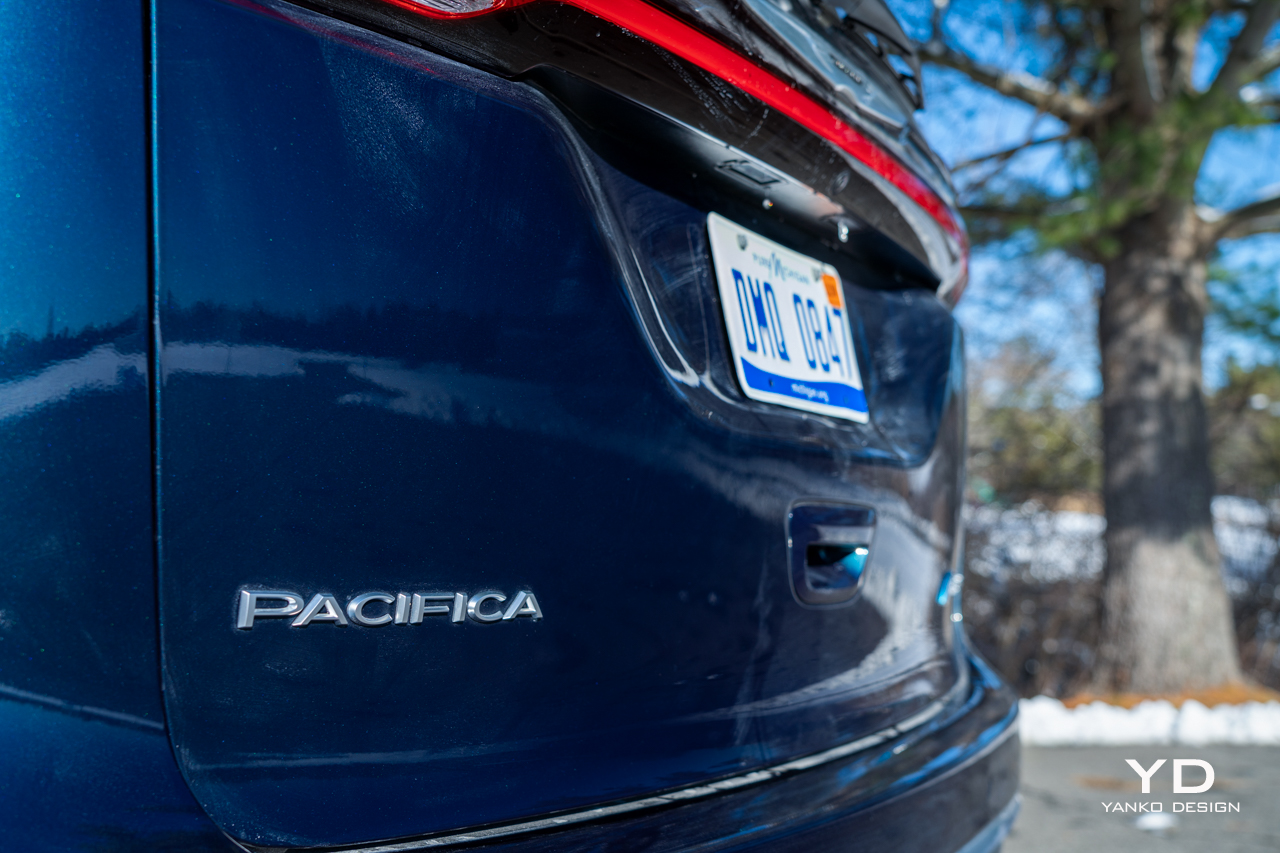
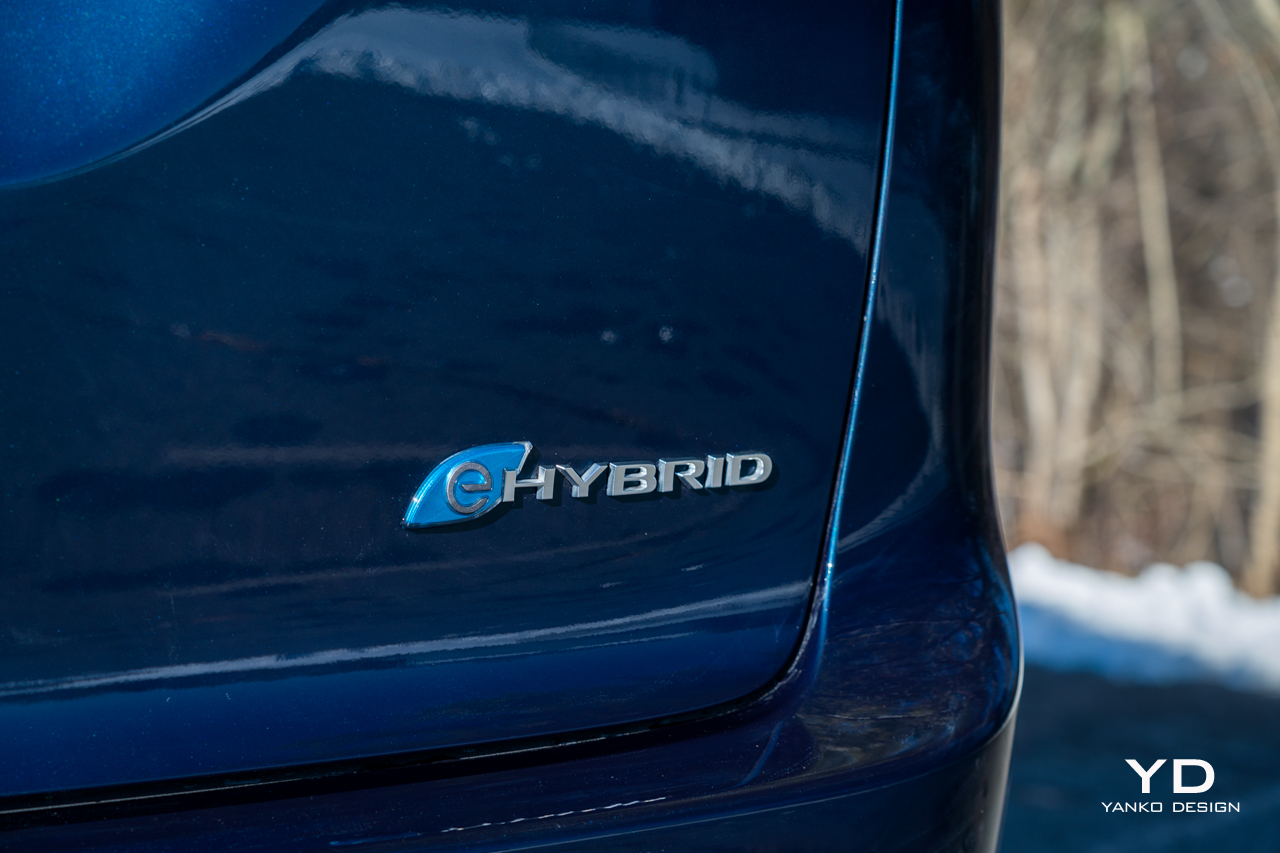
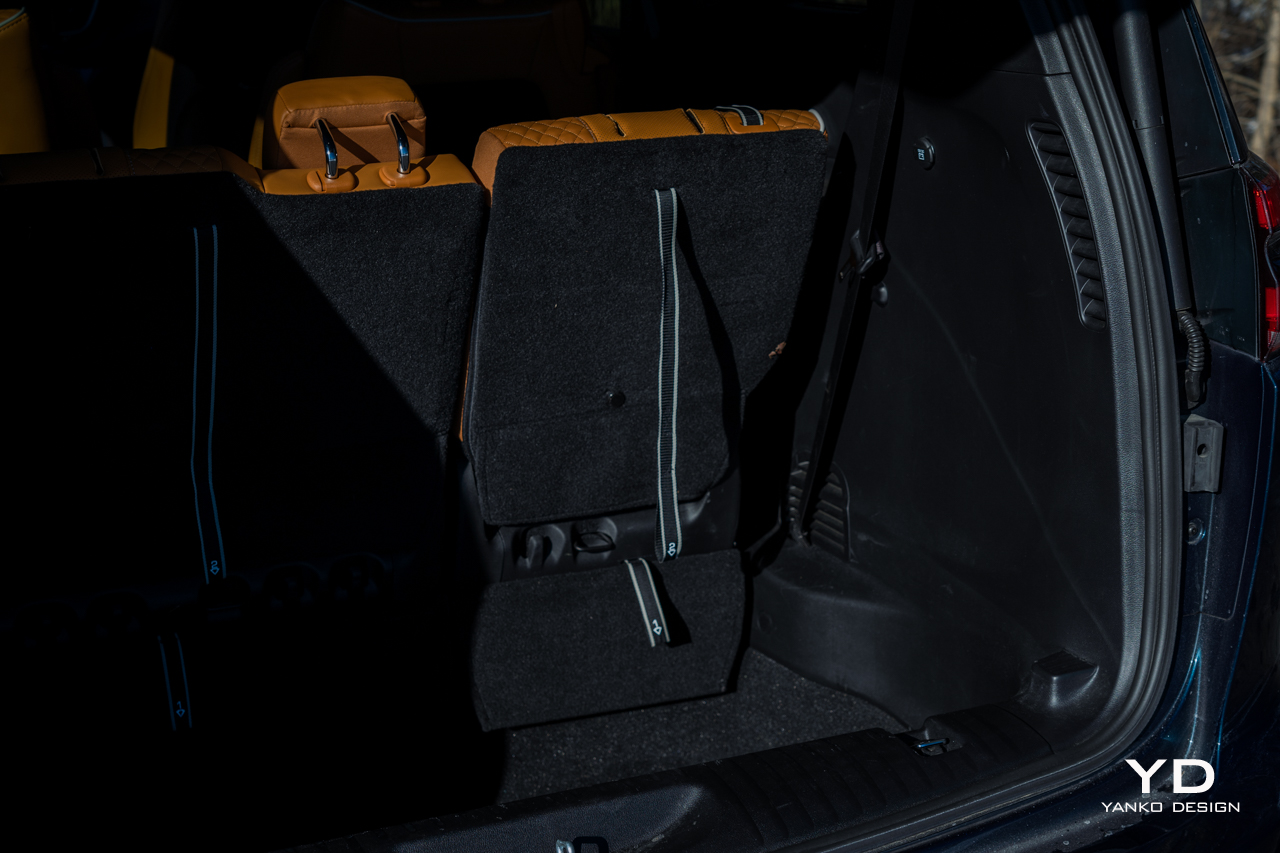
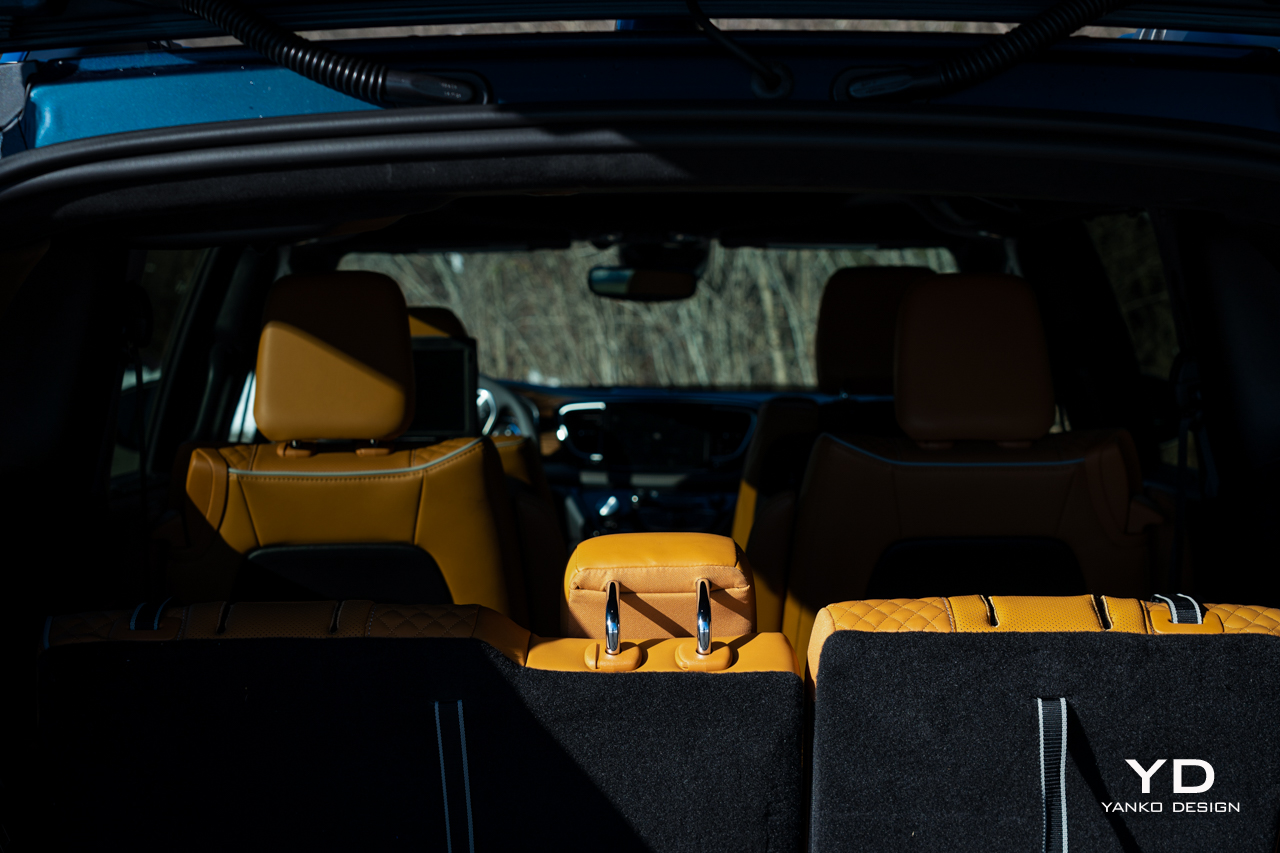
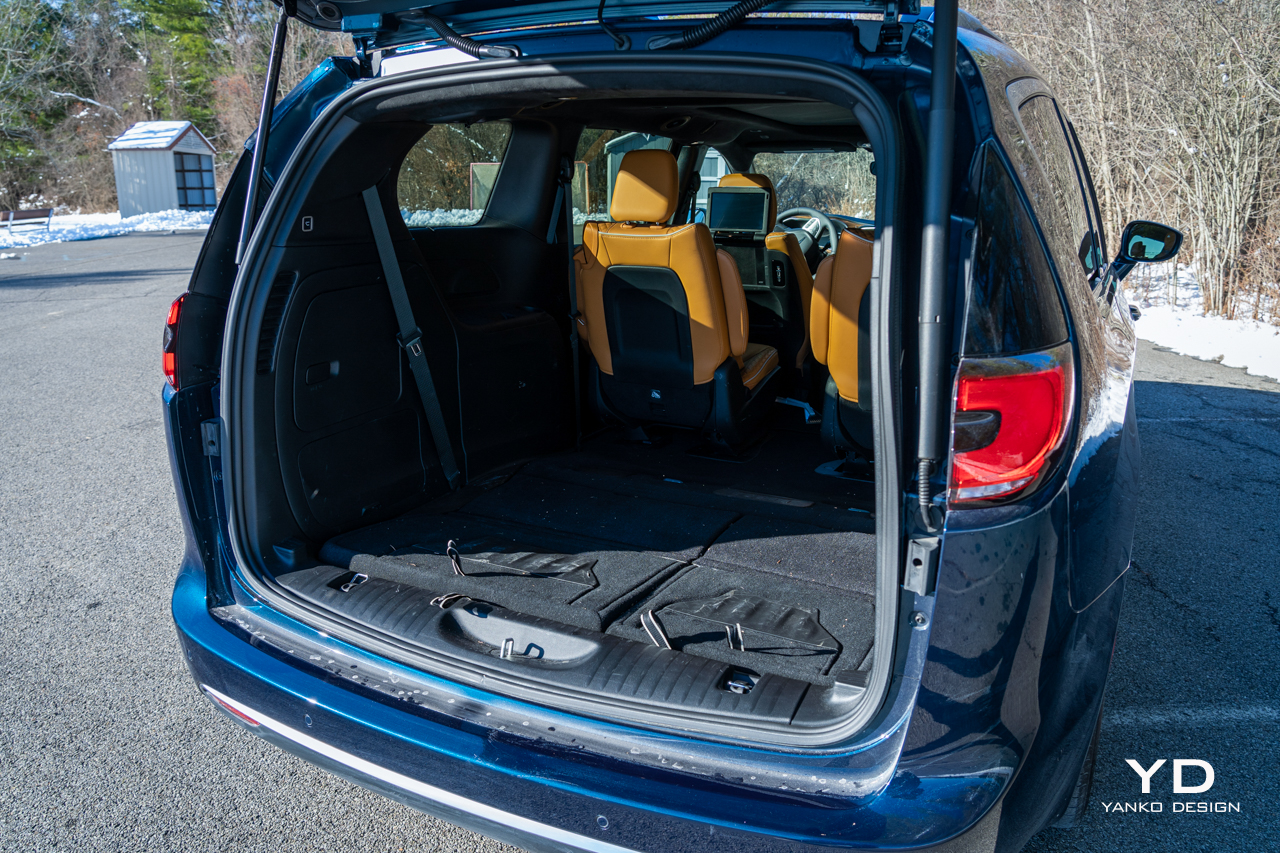
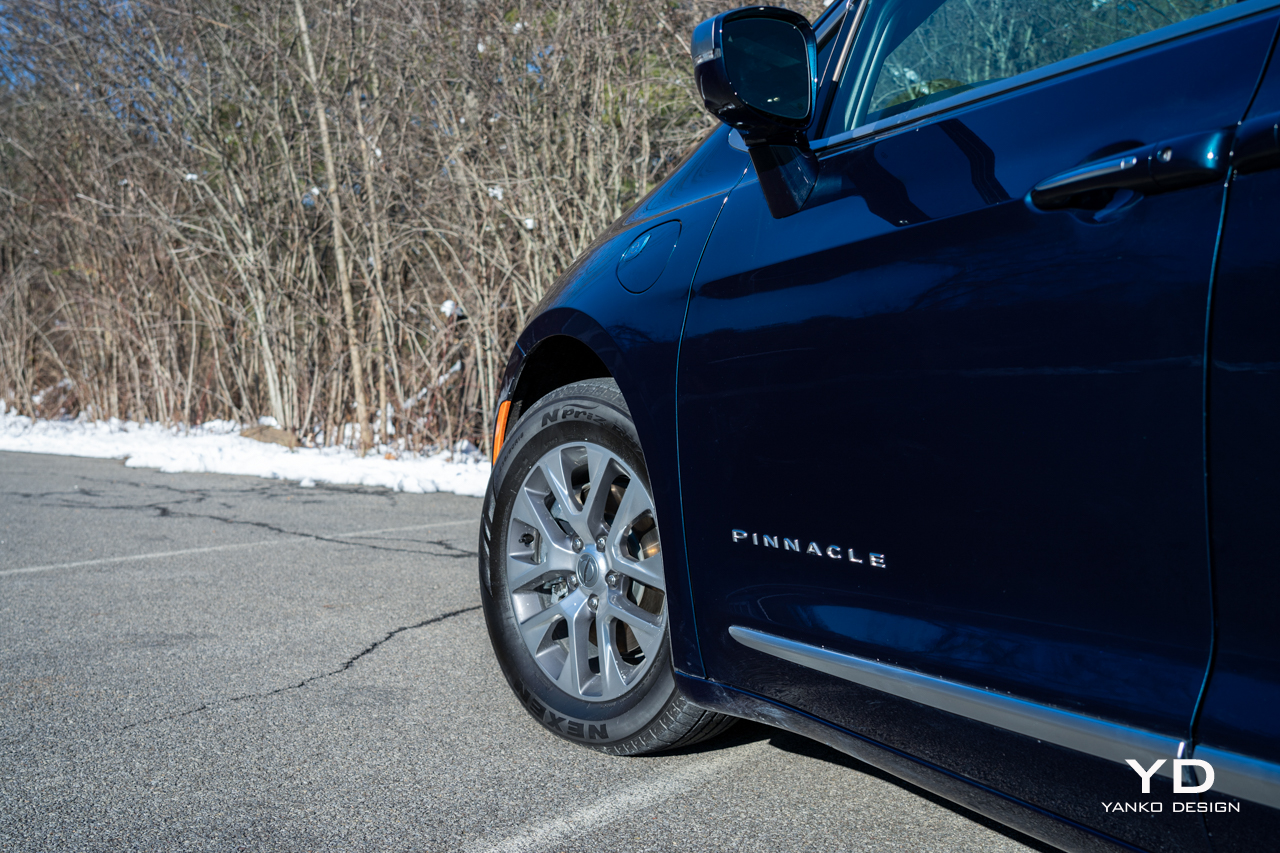
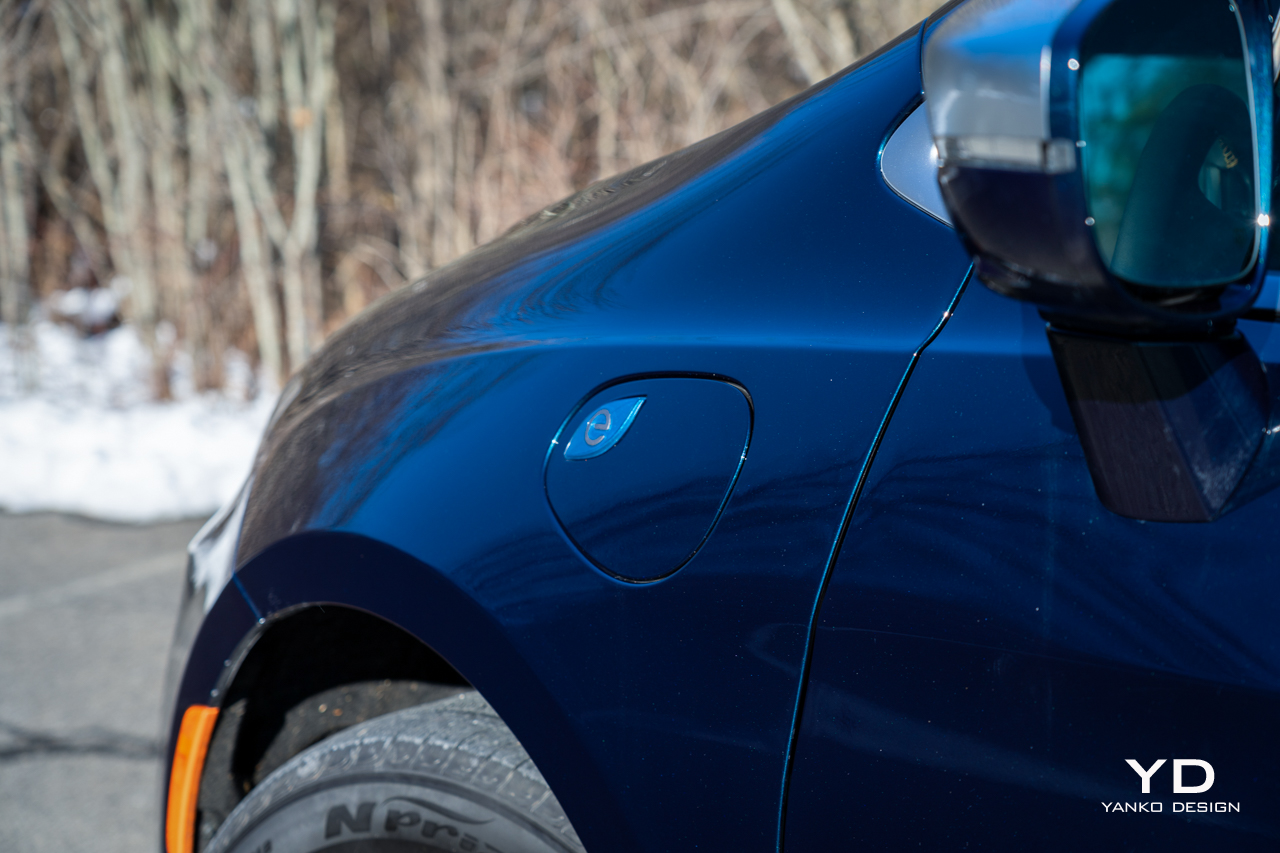
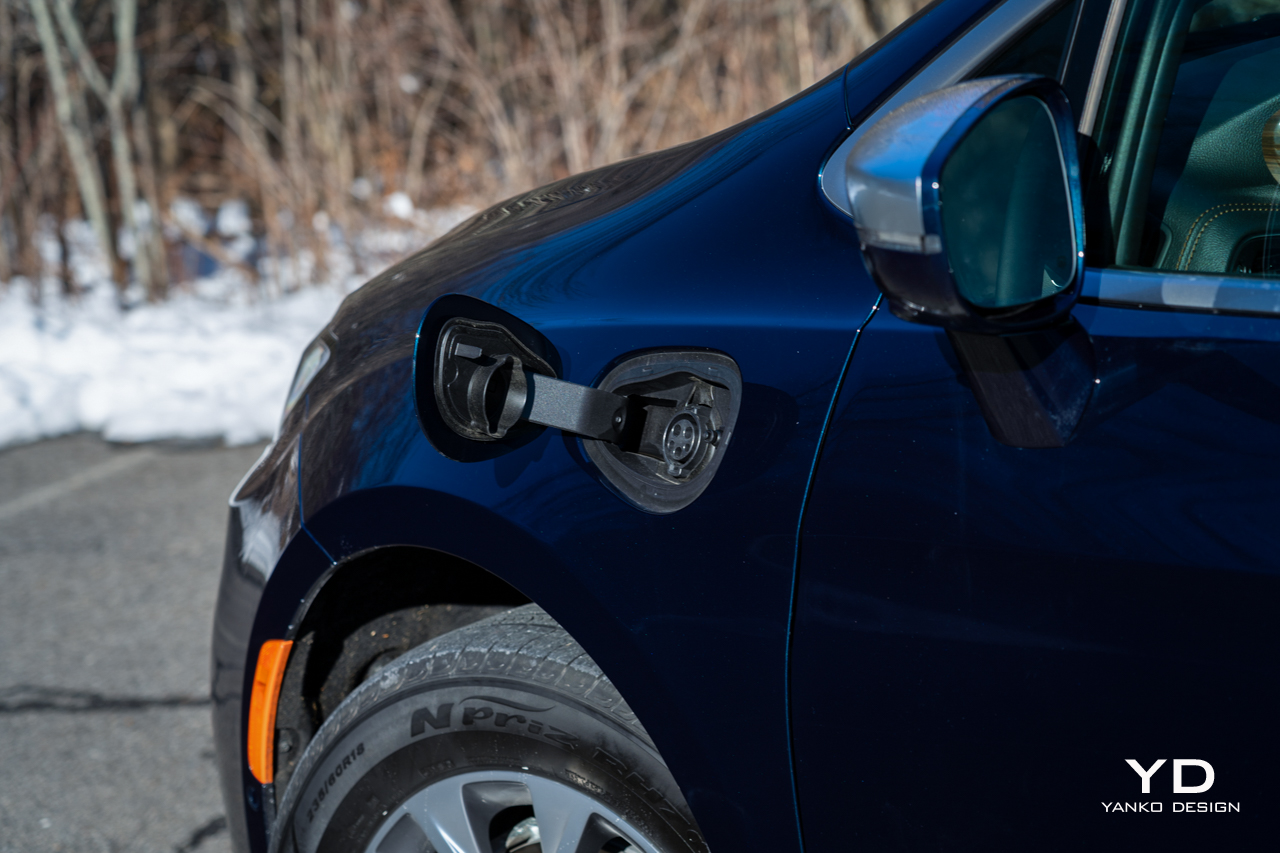
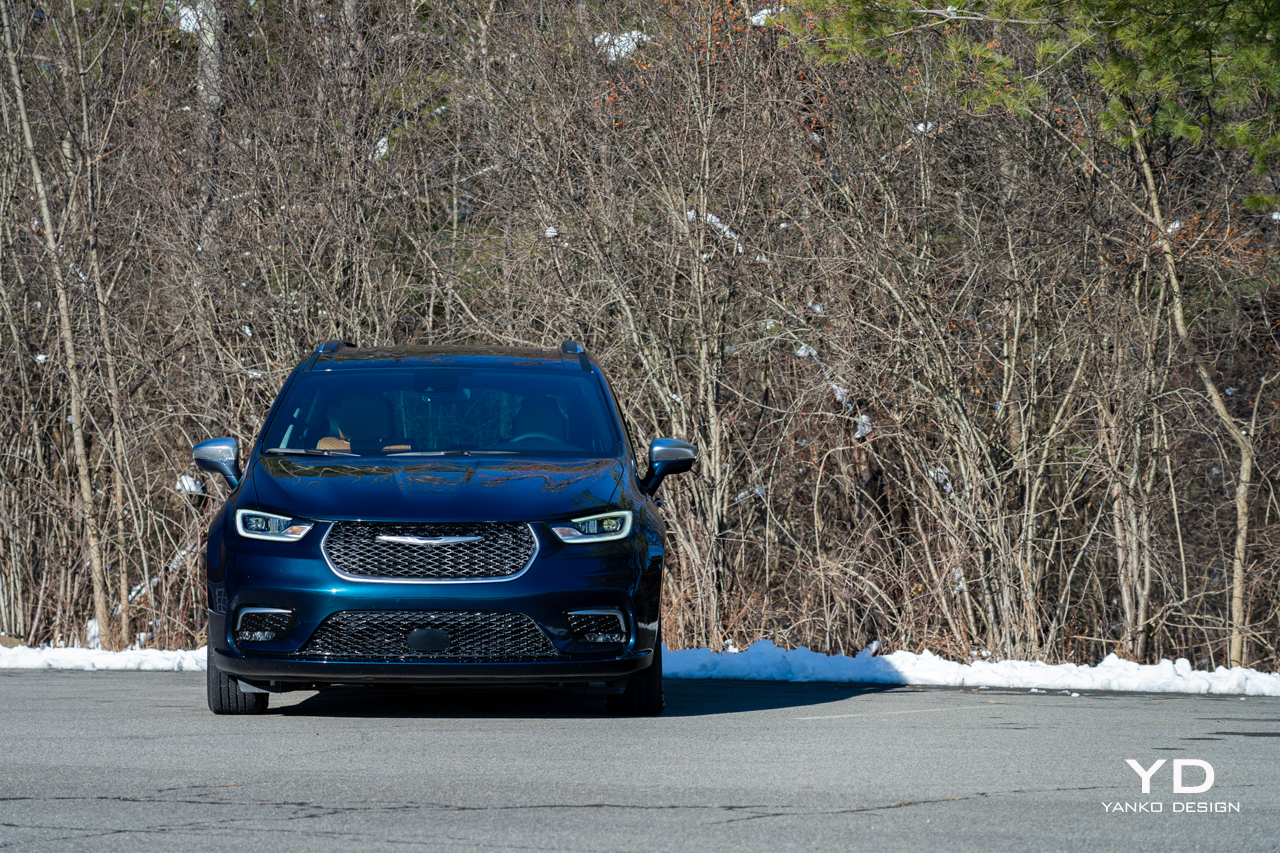
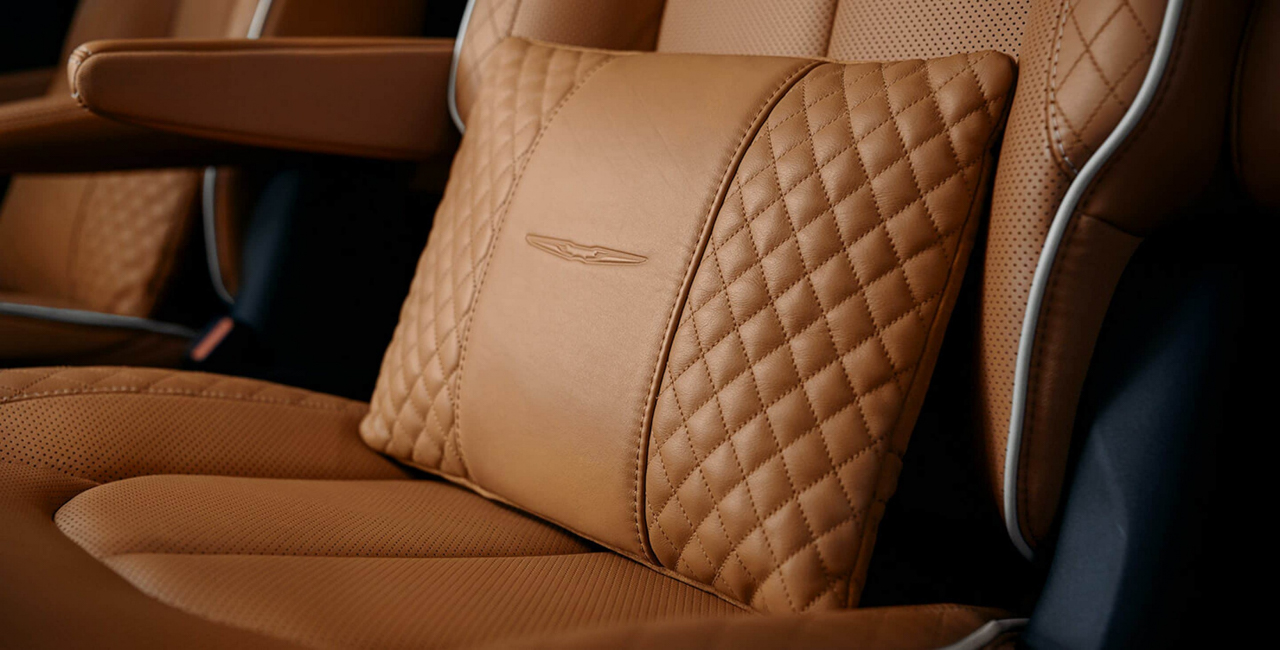
Photo Credit: Chrysler
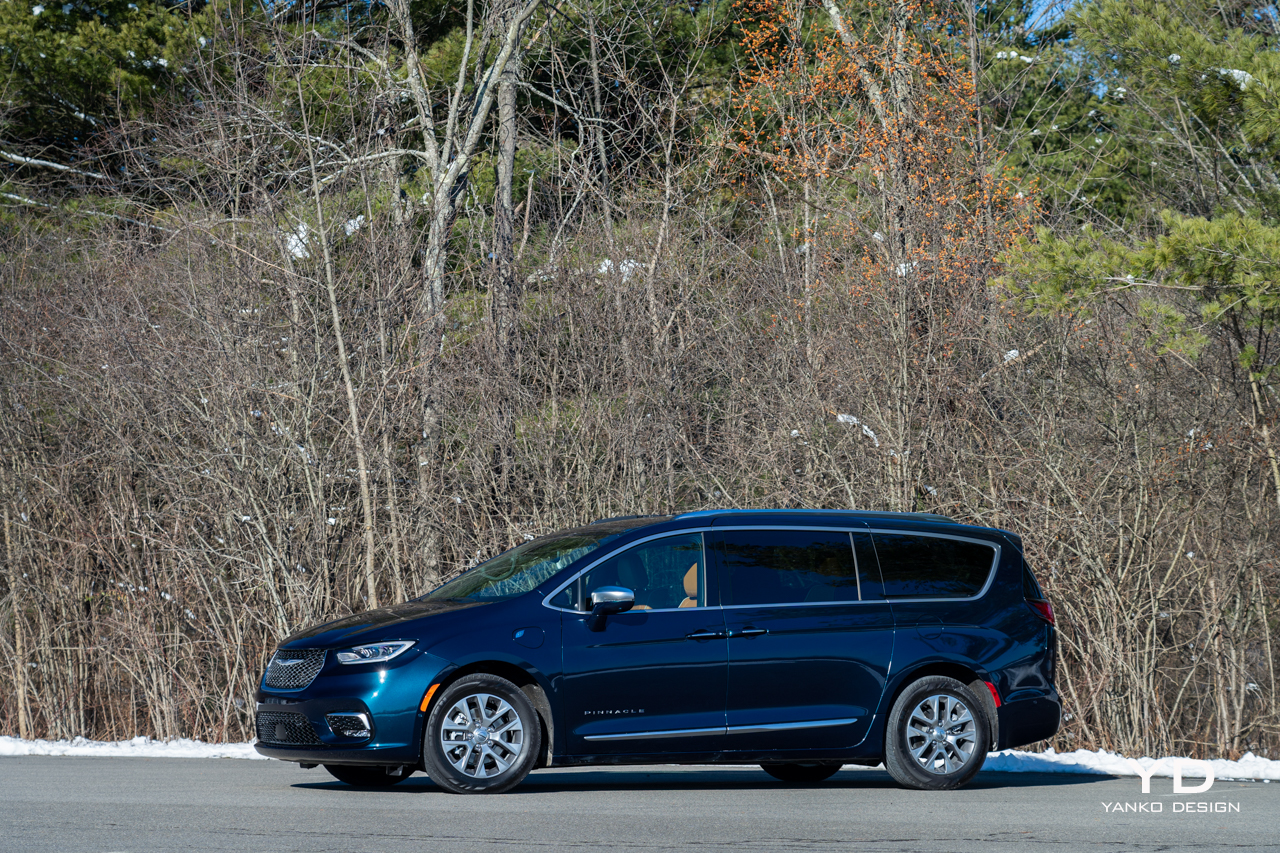
The post 2023 Chrysler Pacifica Review first appeared on Yanko Design.





































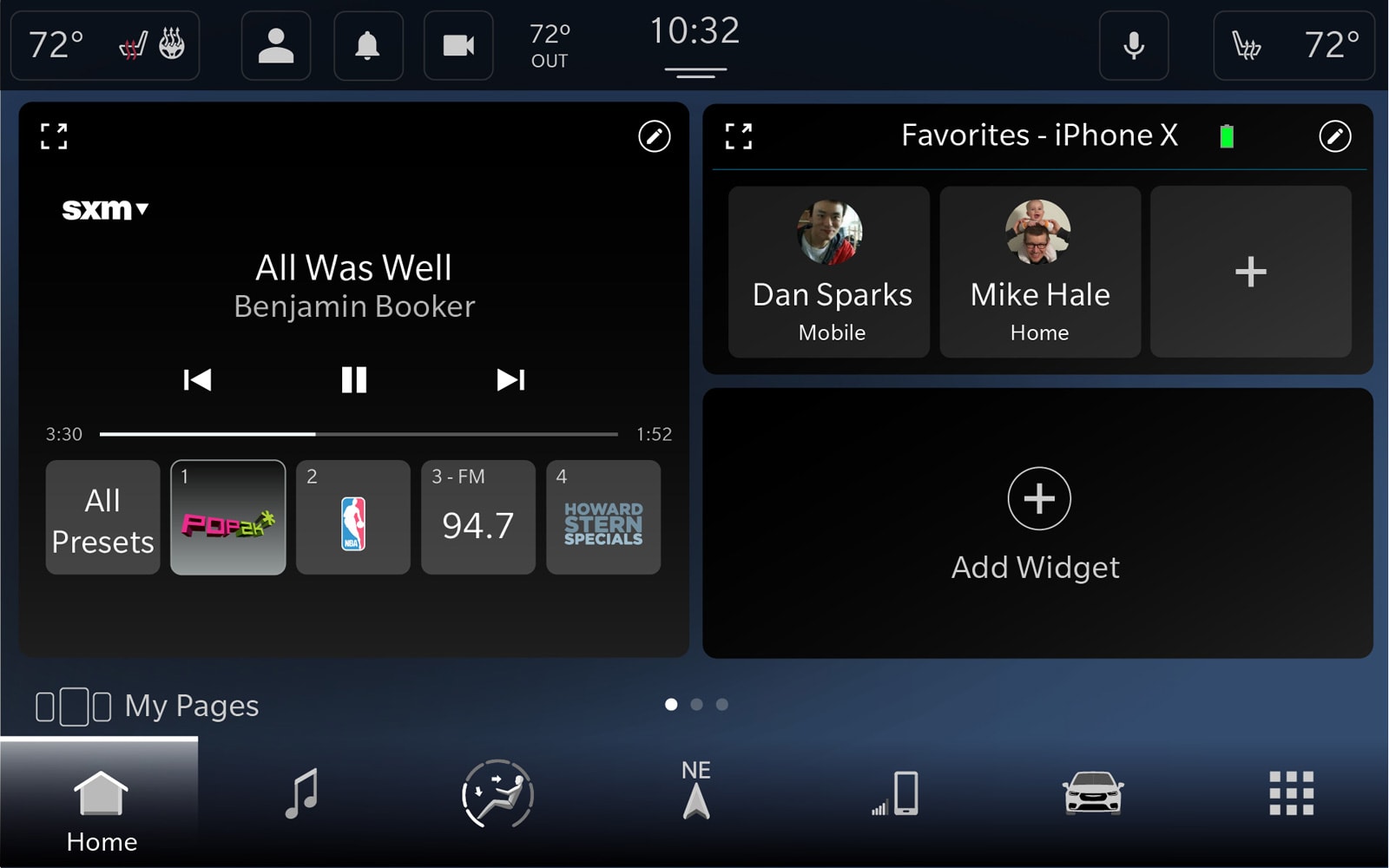 Fiat Chrysler's collaboration with Google on in-car Android tech is bearing fruit. The car maker has unveiled an Android-based Uconnect 5 infotainment system that should help it keep up with an influx of modern tech. It includes personalization for...
Fiat Chrysler's collaboration with Google on in-car Android tech is bearing fruit. The car maker has unveiled an Android-based Uconnect 5 infotainment system that should help it keep up with an influx of modern tech. It includes personalization for...
 Fiat Chrysler hasn't been on the cutting edge of automotive change as of late. Unless you count concepts like the Centoventi, the company hasn't done much with EVs -- and its support for autonomy mostly involves supplying minivans to Waymo. The aut...
Fiat Chrysler hasn't been on the cutting edge of automotive change as of late. Unless you count concepts like the Centoventi, the company hasn't done much with EVs -- and its support for autonomy mostly involves supplying minivans to Waymo. The aut...
 Fiat Chrysler is about to pay a stiff penalty for its alleged diesel vehicle emissions cheating. The automaker has reached a settlement with the Justice Department, EPA and California that will see it make amends for claimed violations of the country...
Fiat Chrysler is about to pay a stiff penalty for its alleged diesel vehicle emissions cheating. The automaker has reached a settlement with the Justice Department, EPA and California that will see it make amends for claimed violations of the country...
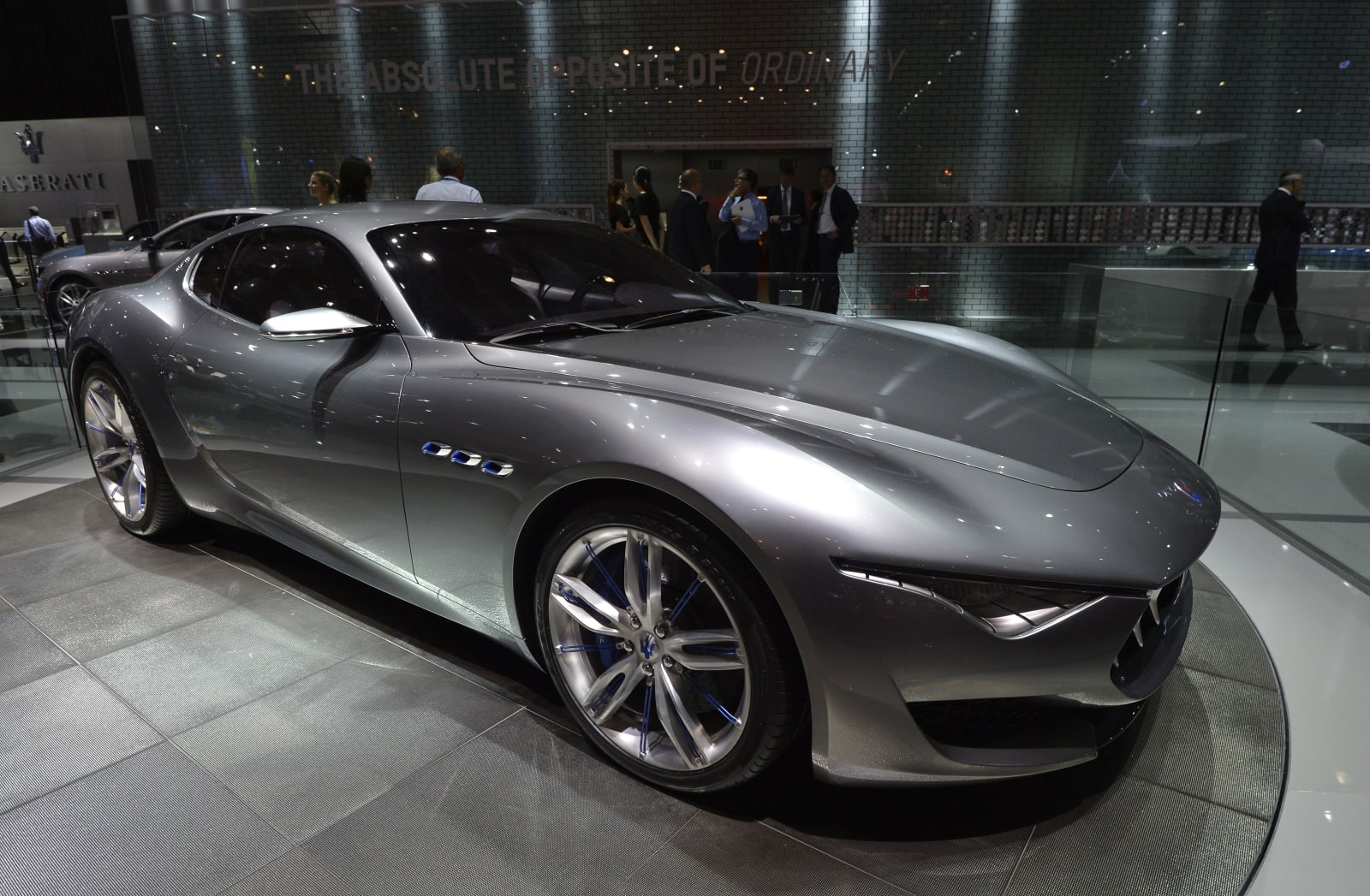 Fiat Chrysler isn't exactly the first name that comes to mind when you think of electric cars. Where Ford, Volkswagen and other brands are basing their long-term roadmaps around EVs, Fiat Chrysler has been hesitant to make more than the occasional hy...
Fiat Chrysler isn't exactly the first name that comes to mind when you think of electric cars. Where Ford, Volkswagen and other brands are basing their long-term roadmaps around EVs, Fiat Chrysler has been hesitant to make more than the occasional hy...
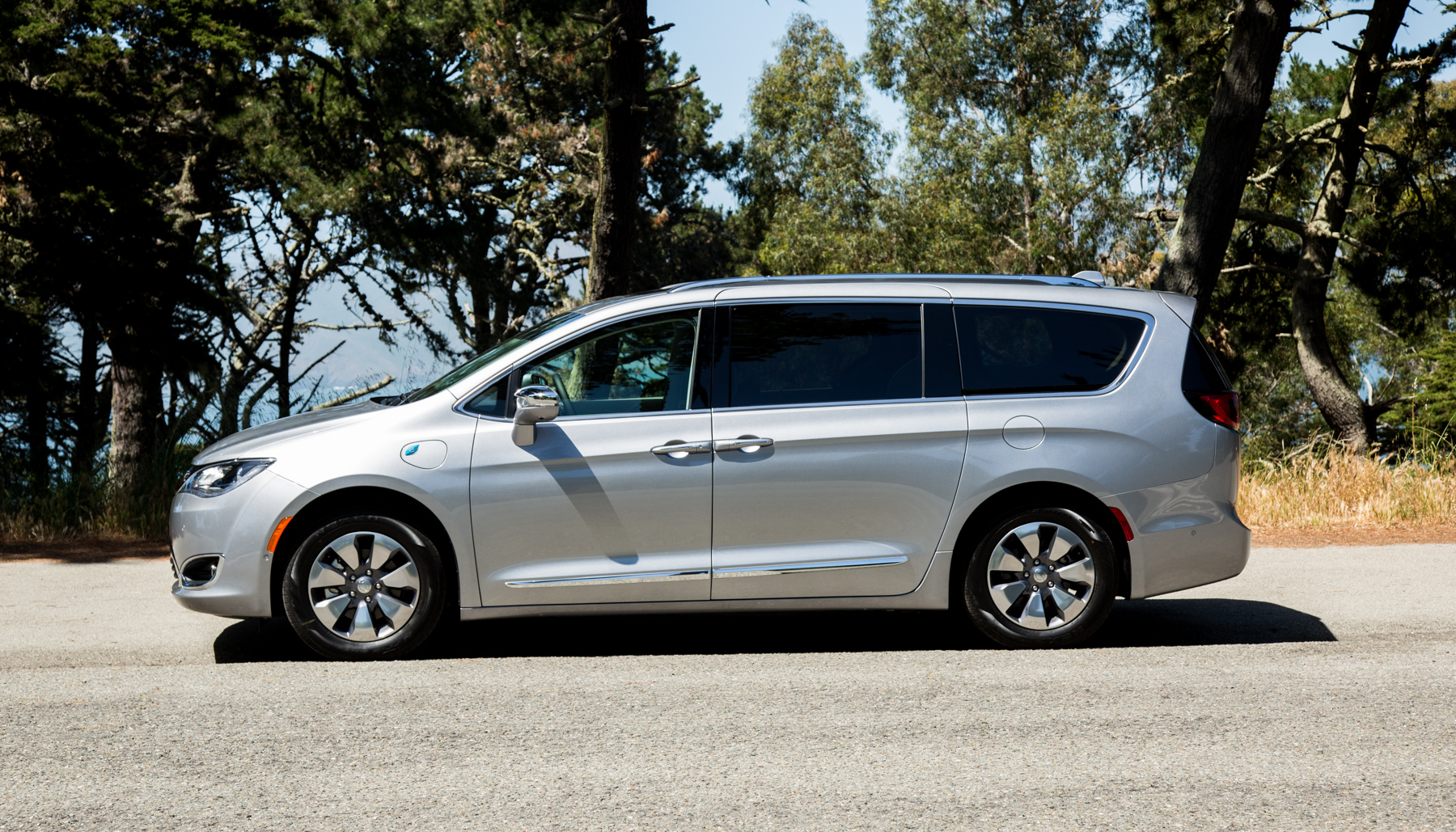 No one marvels at minivans. Well, except maybe at car-stereo events (you can get so many woofers in the back of a van). But in real life, on the streets, the world treats the minivan like a defeat: It's what you buy as an adult when you've given...
No one marvels at minivans. Well, except maybe at car-stereo events (you can get so many woofers in the back of a van). But in real life, on the streets, the world treats the minivan like a defeat: It's what you buy as an adult when you've given...
 We heard in January that Waymo was expanding its agreement with Chrylser for 'thousands' of additional hybrid minivans, which would start being delivered in late 2018. Apparently, that was an understatement. Today, news emerged that the automaker wil...
We heard in January that Waymo was expanding its agreement with Chrylser for 'thousands' of additional hybrid minivans, which would start being delivered in late 2018. Apparently, that was an understatement. Today, news emerged that the automaker wil...
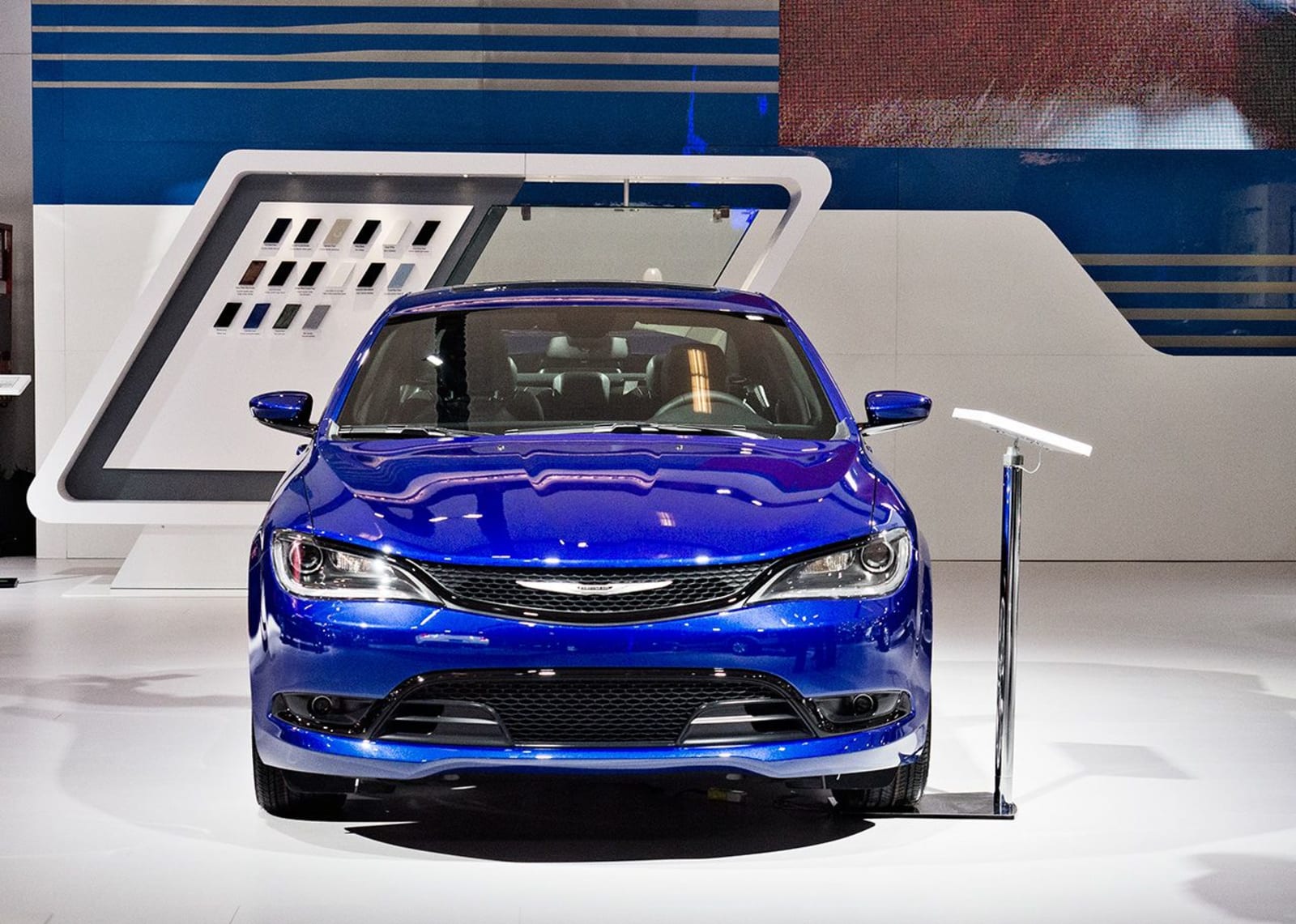 Fiat Chrysler's diesel plans are back in the spotlight again. The Italian-American car maker was hit with several lawsuits last December, each claiming that the company's heavy-duty pickup trucks used devices aimed at cheating emissions tests. Last m...
Fiat Chrysler's diesel plans are back in the spotlight again. The Italian-American car maker was hit with several lawsuits last December, each claiming that the company's heavy-duty pickup trucks used devices aimed at cheating emissions tests. Last m...